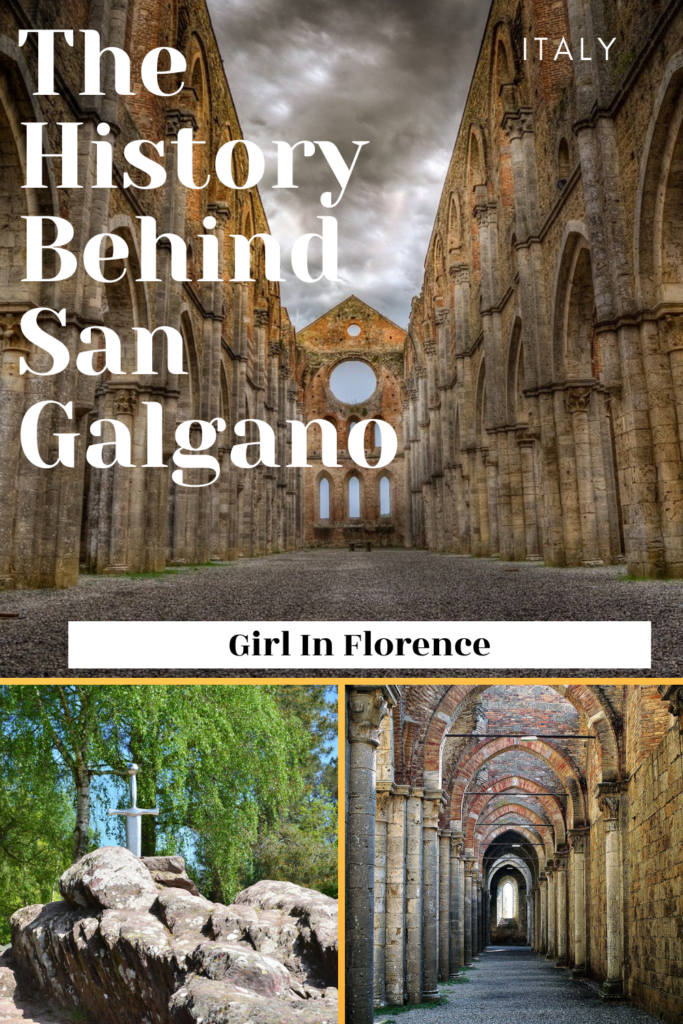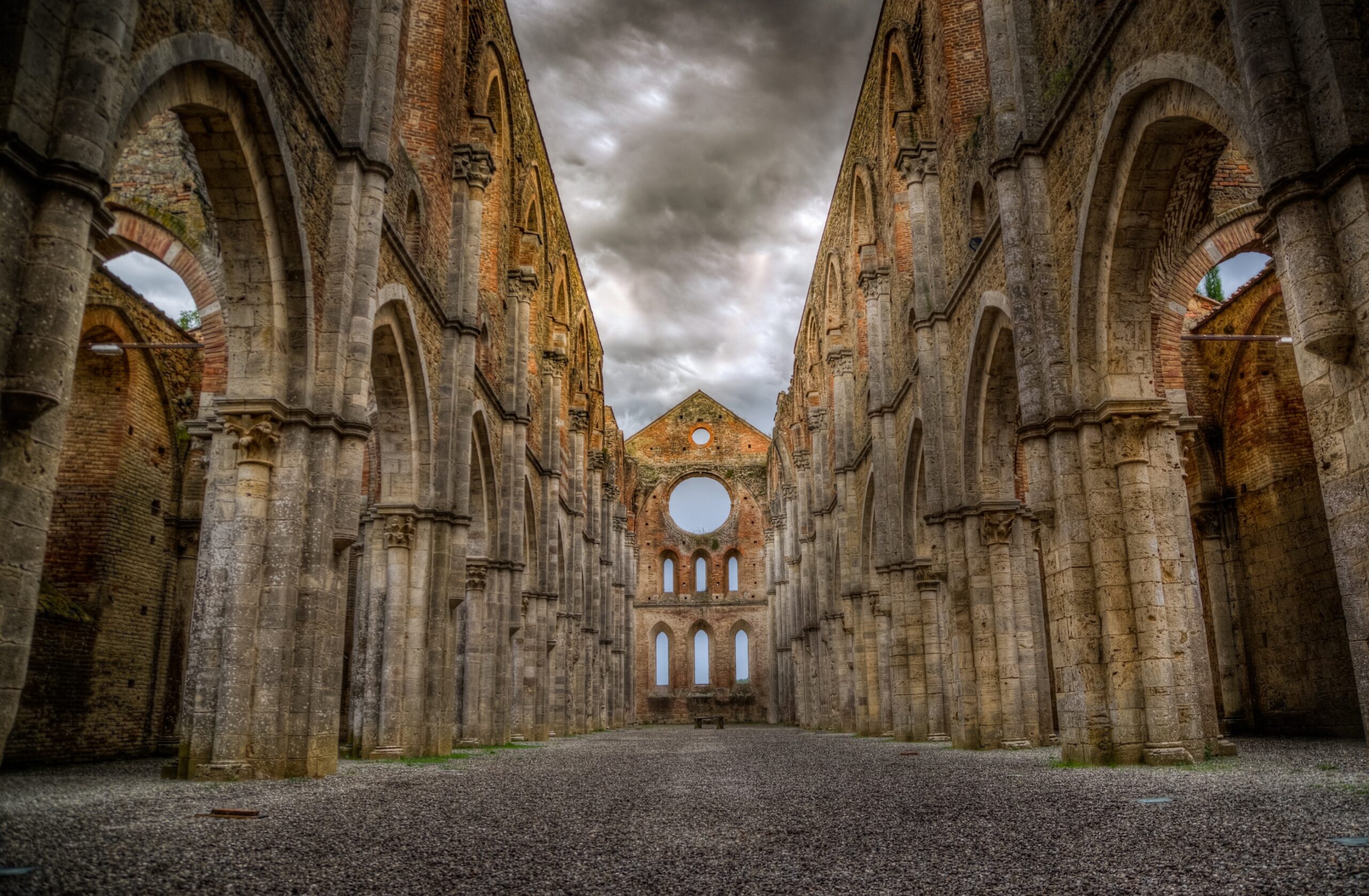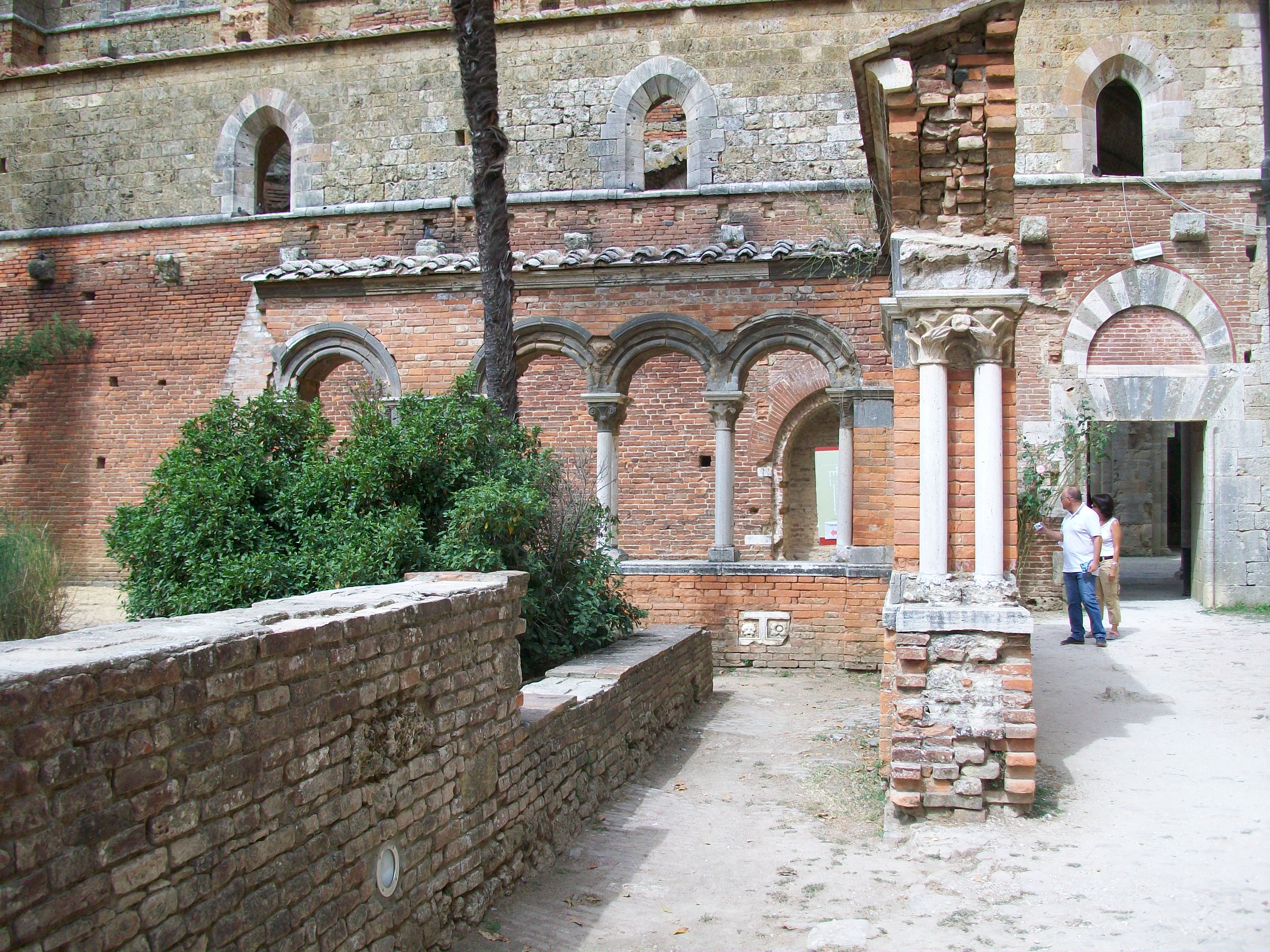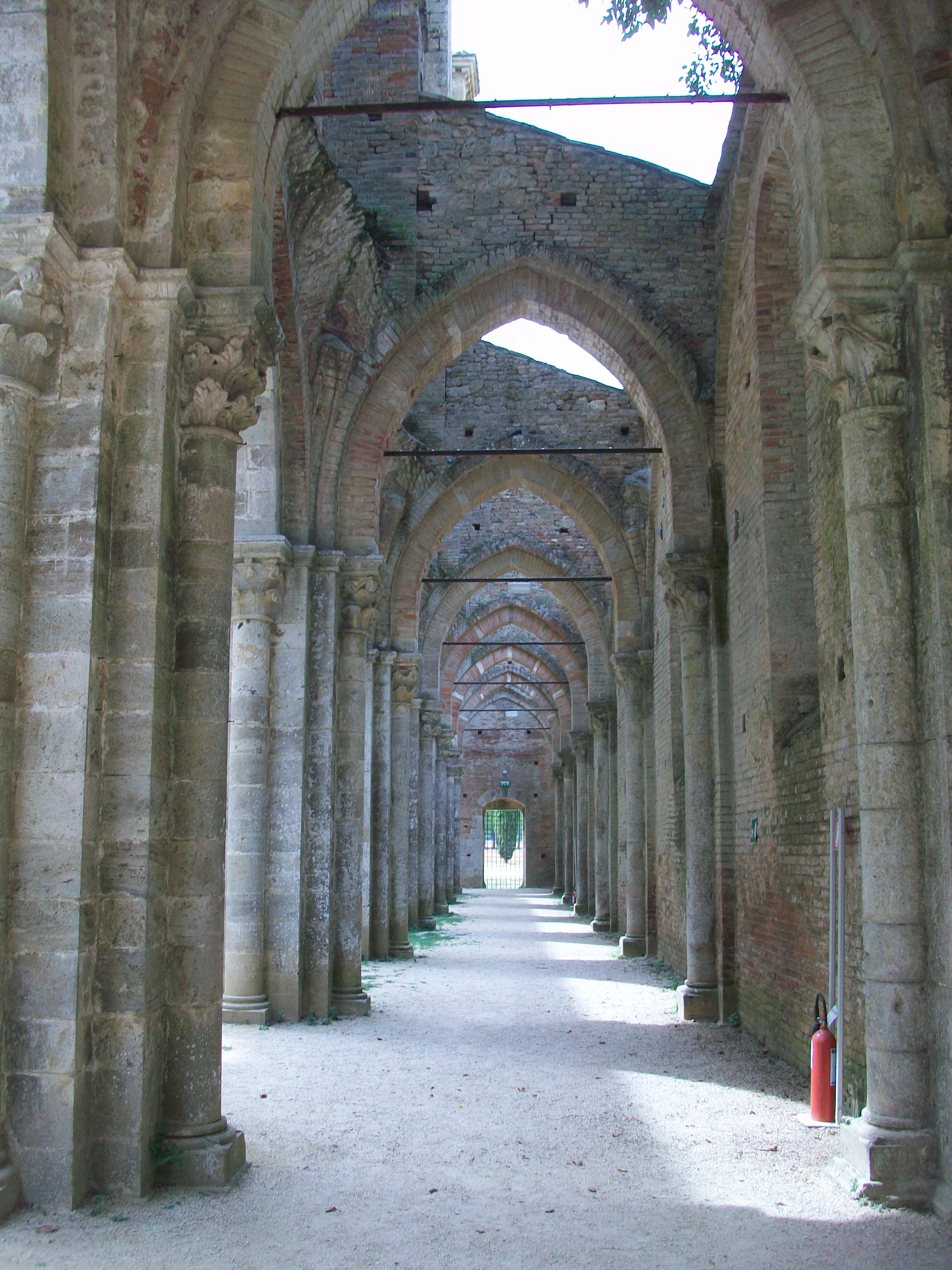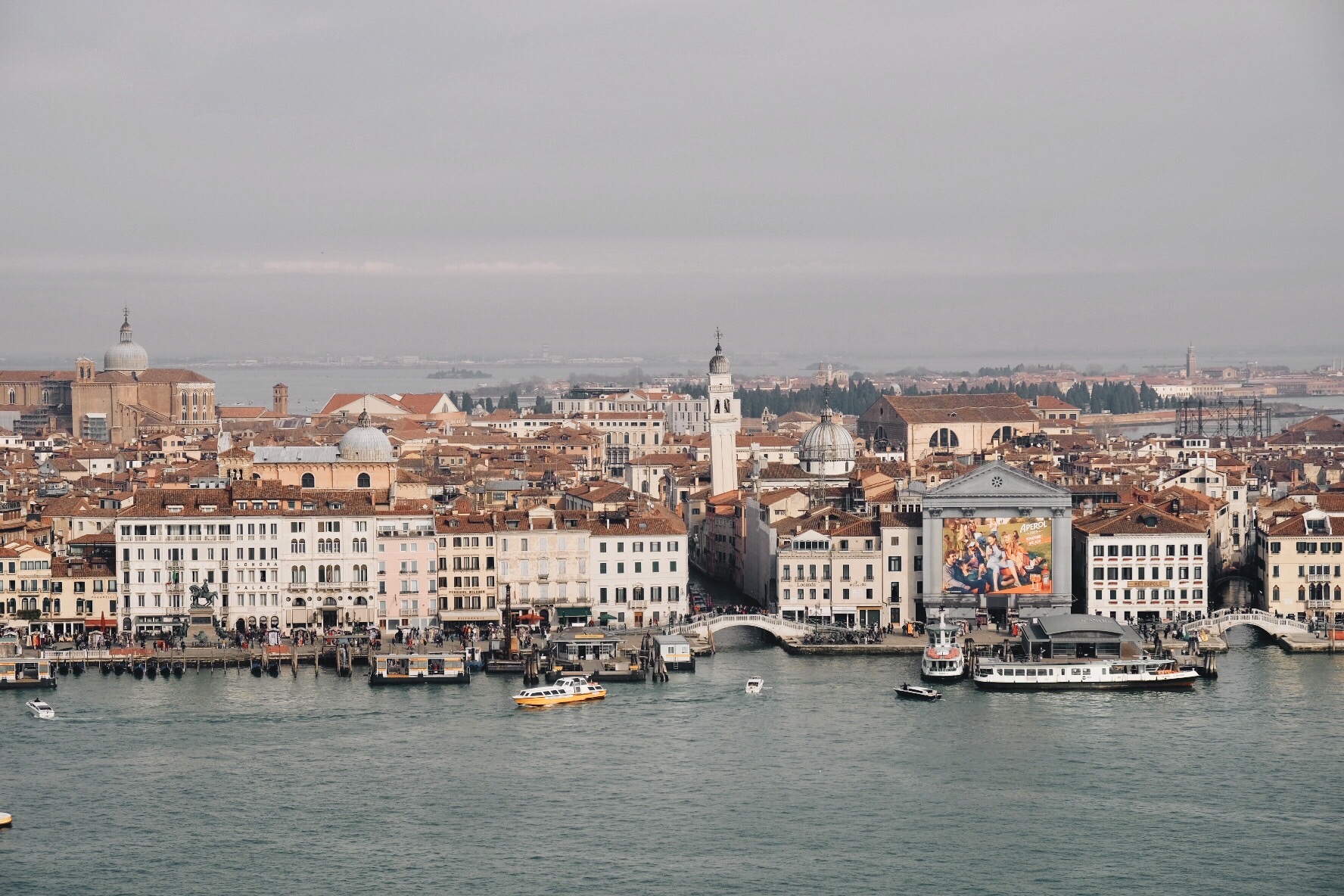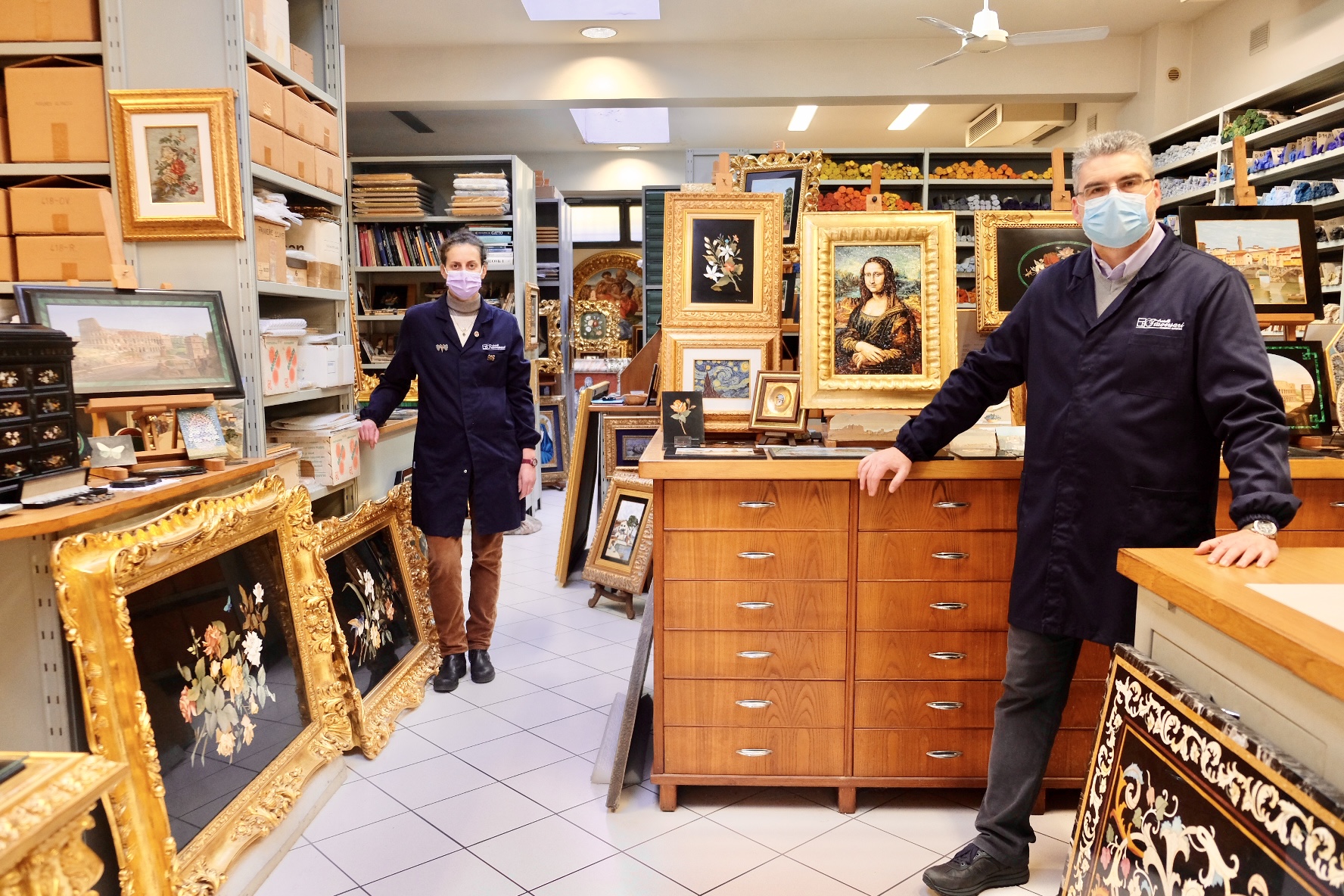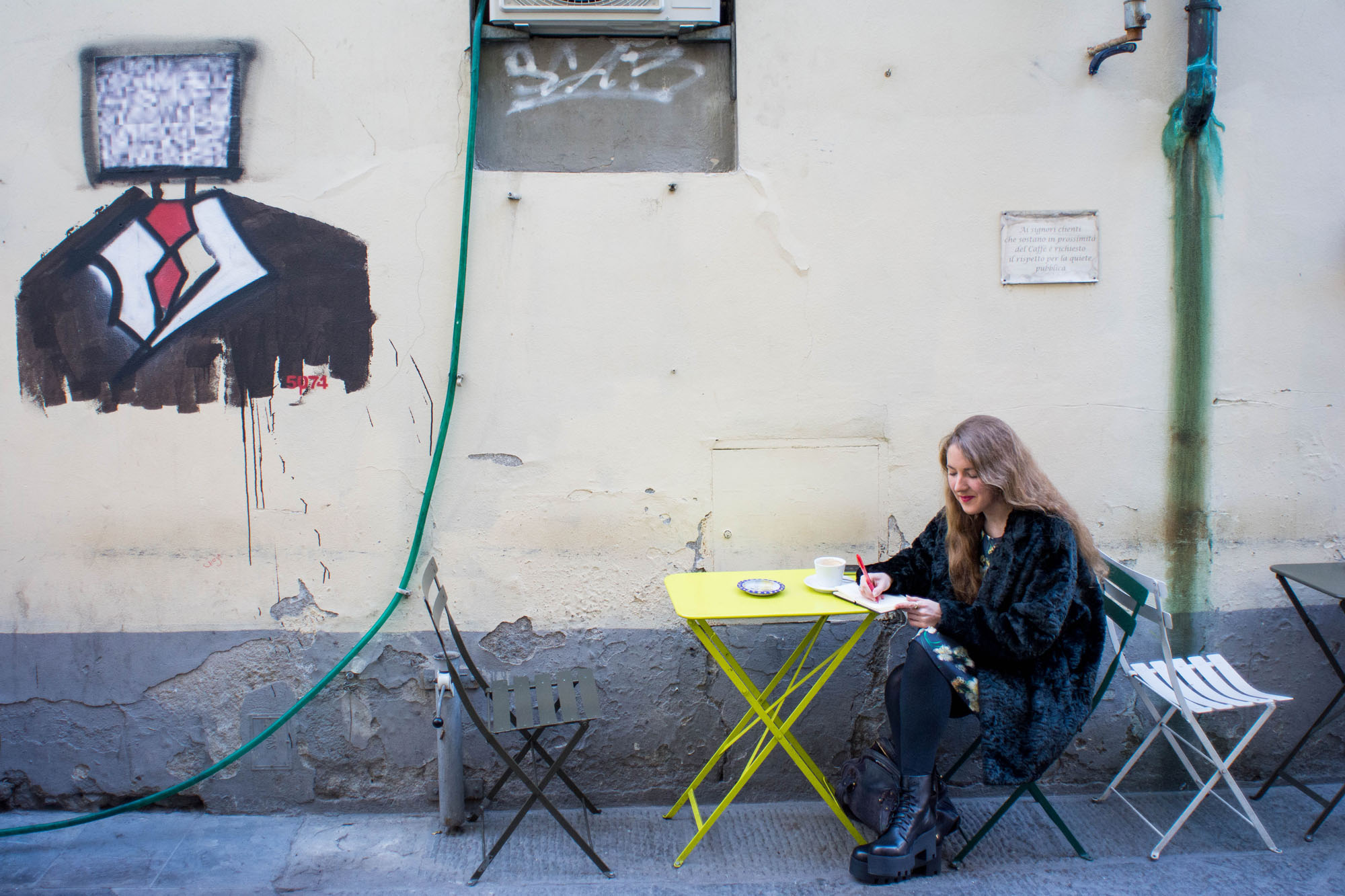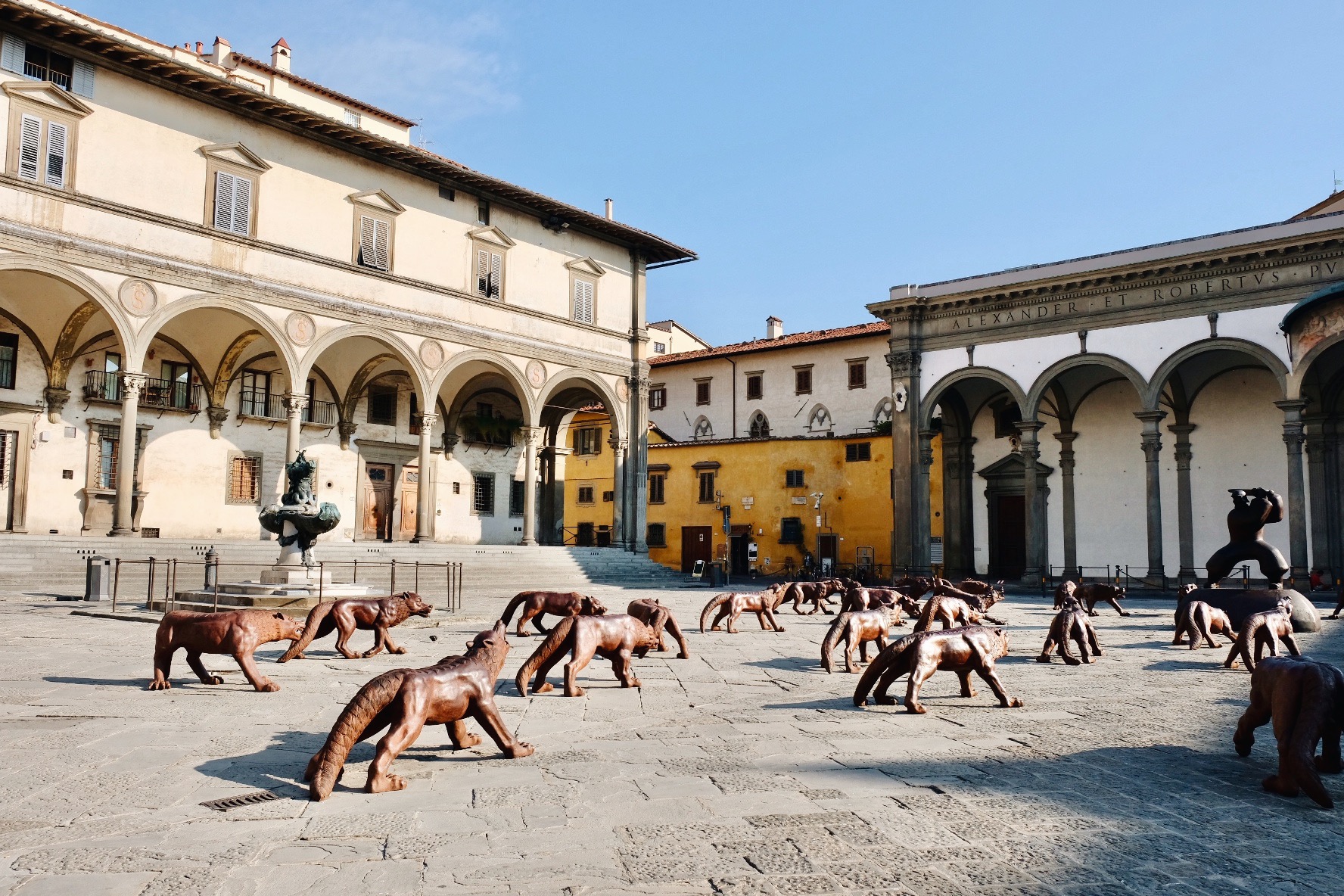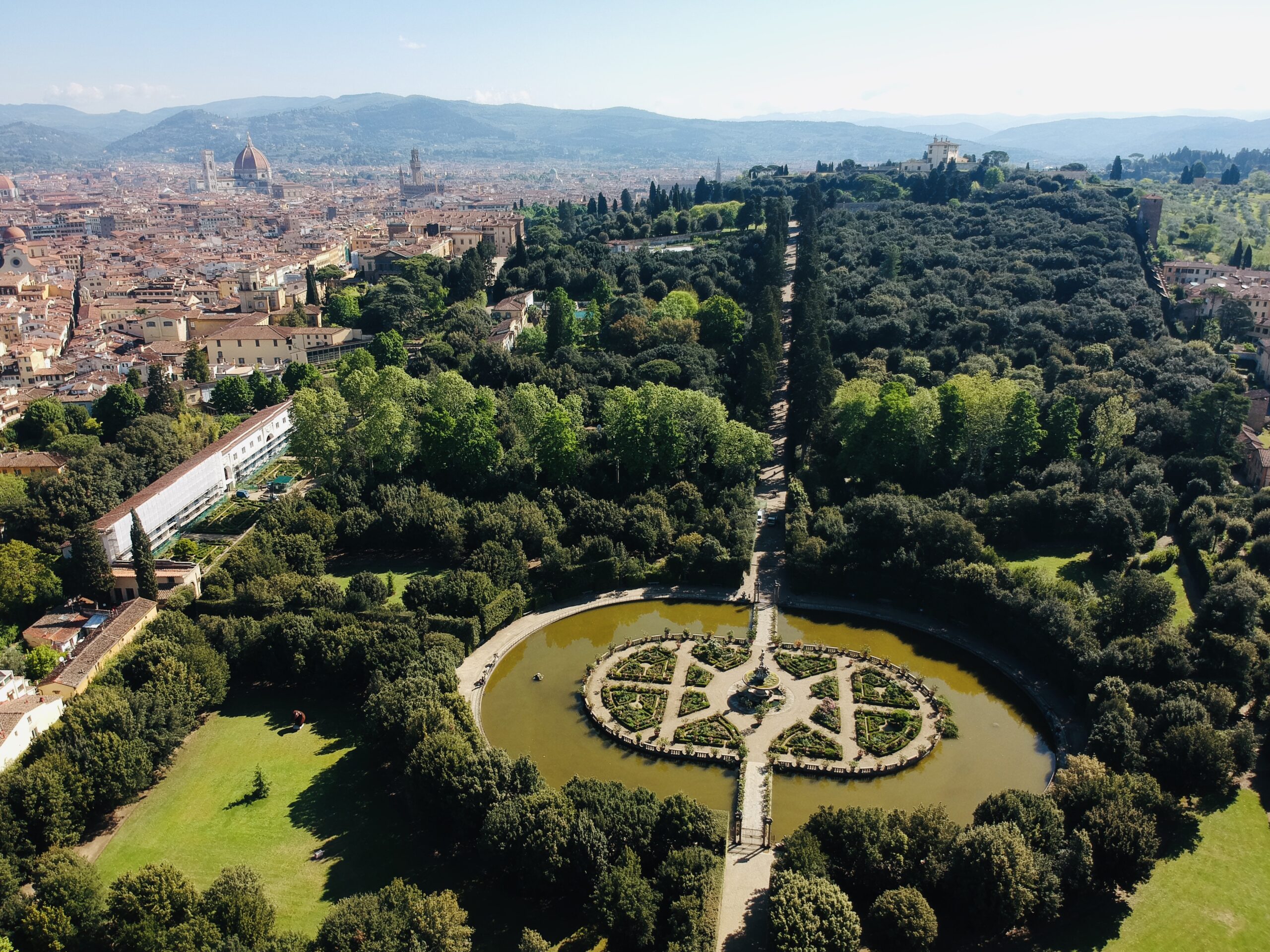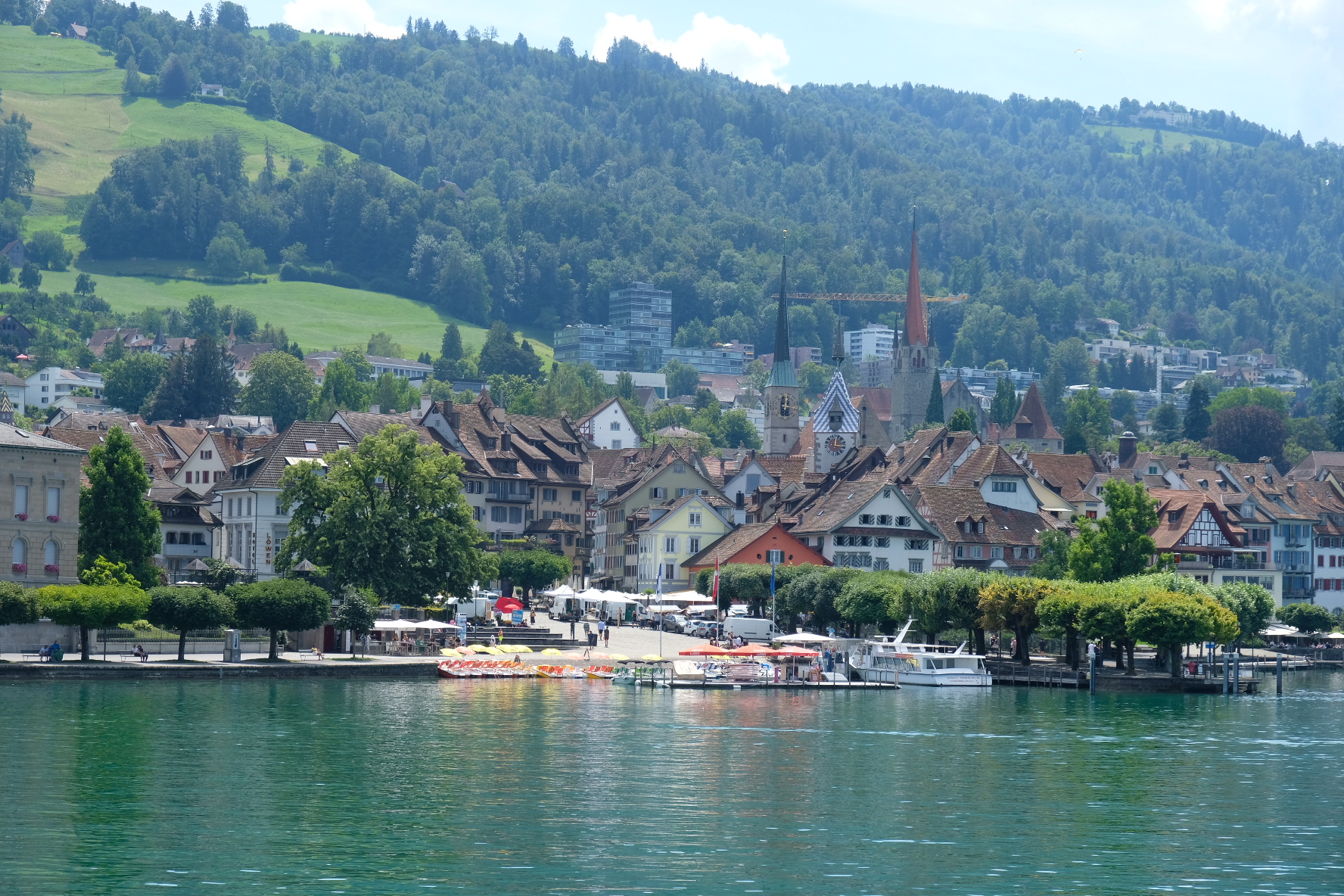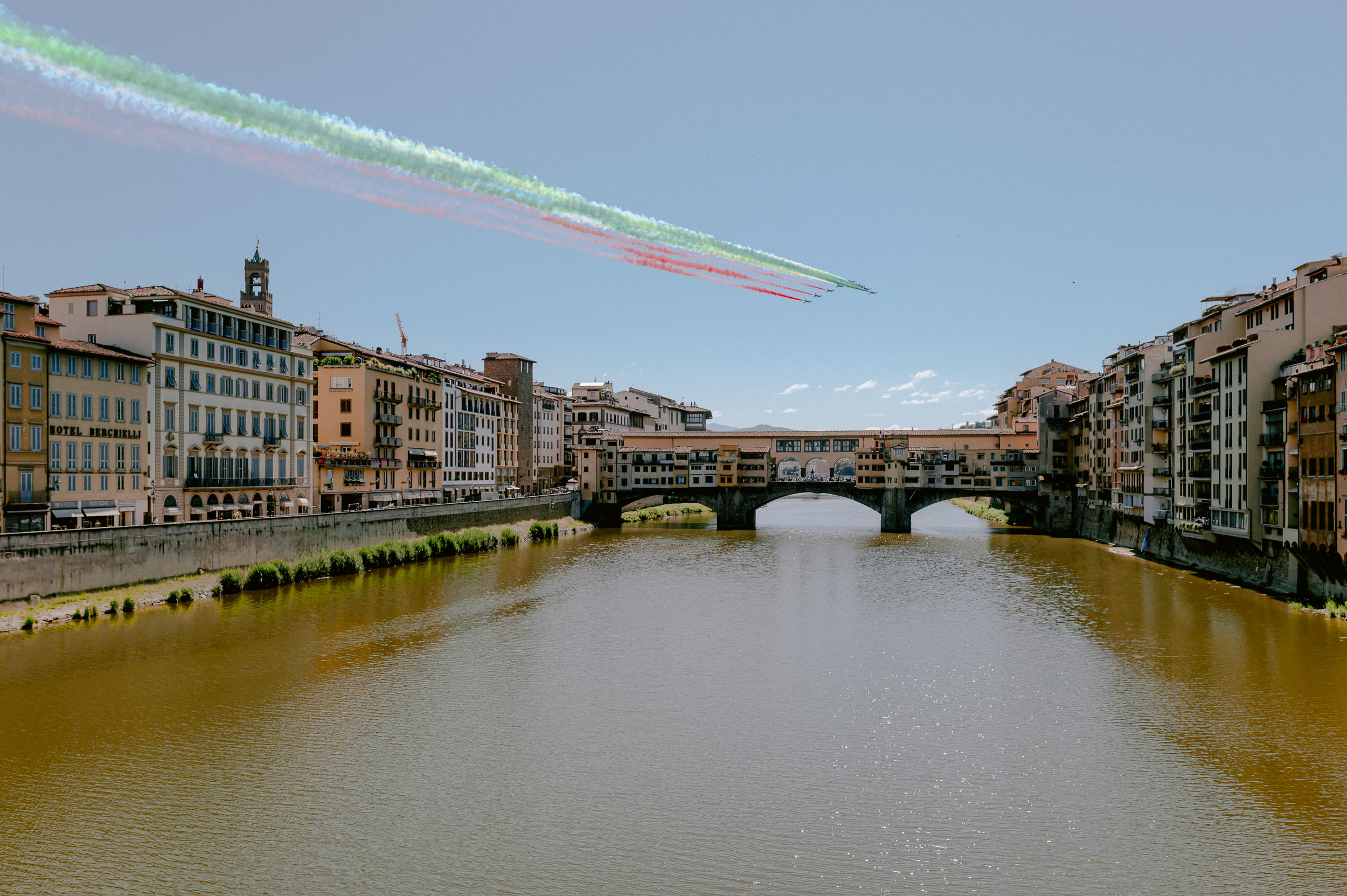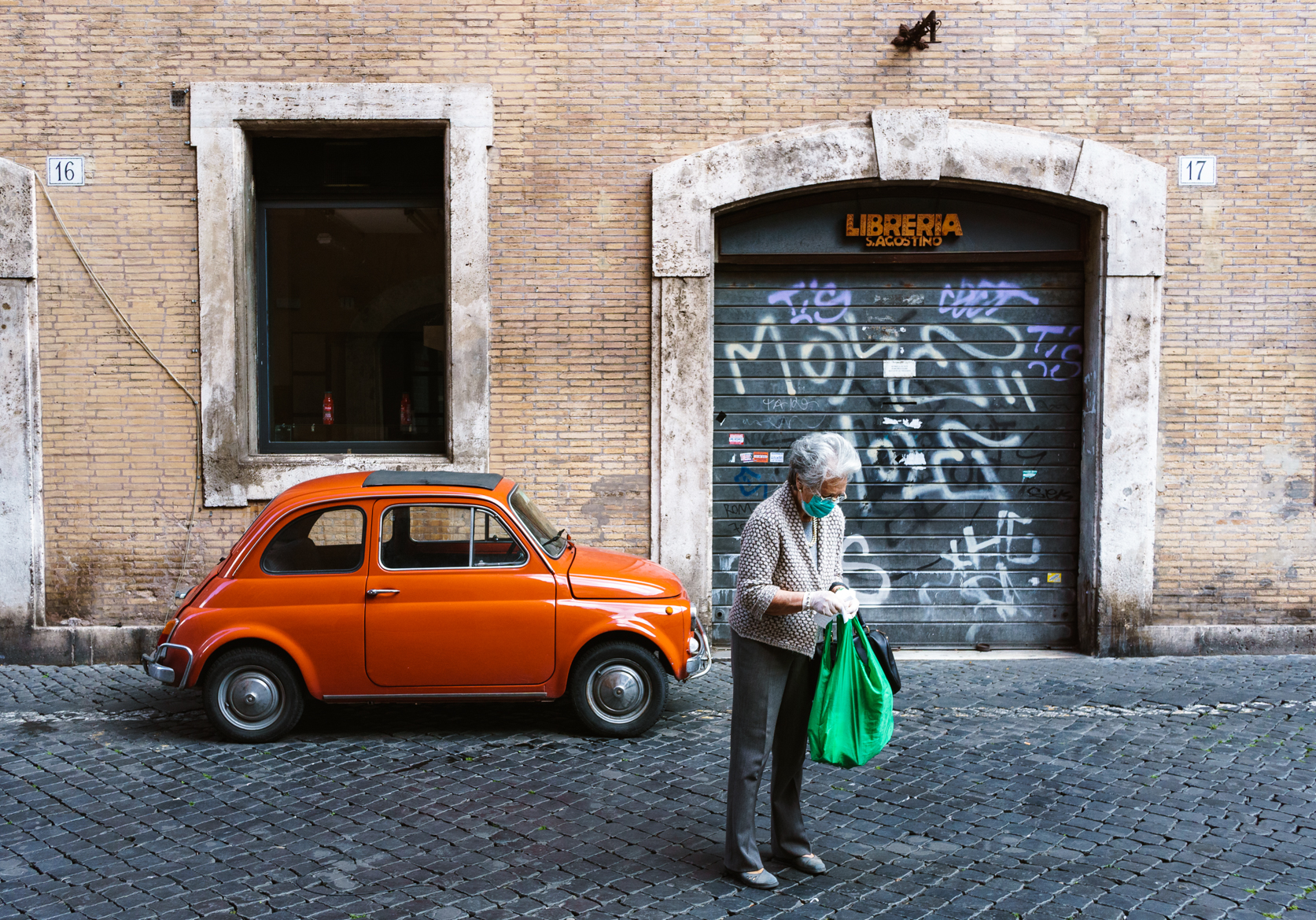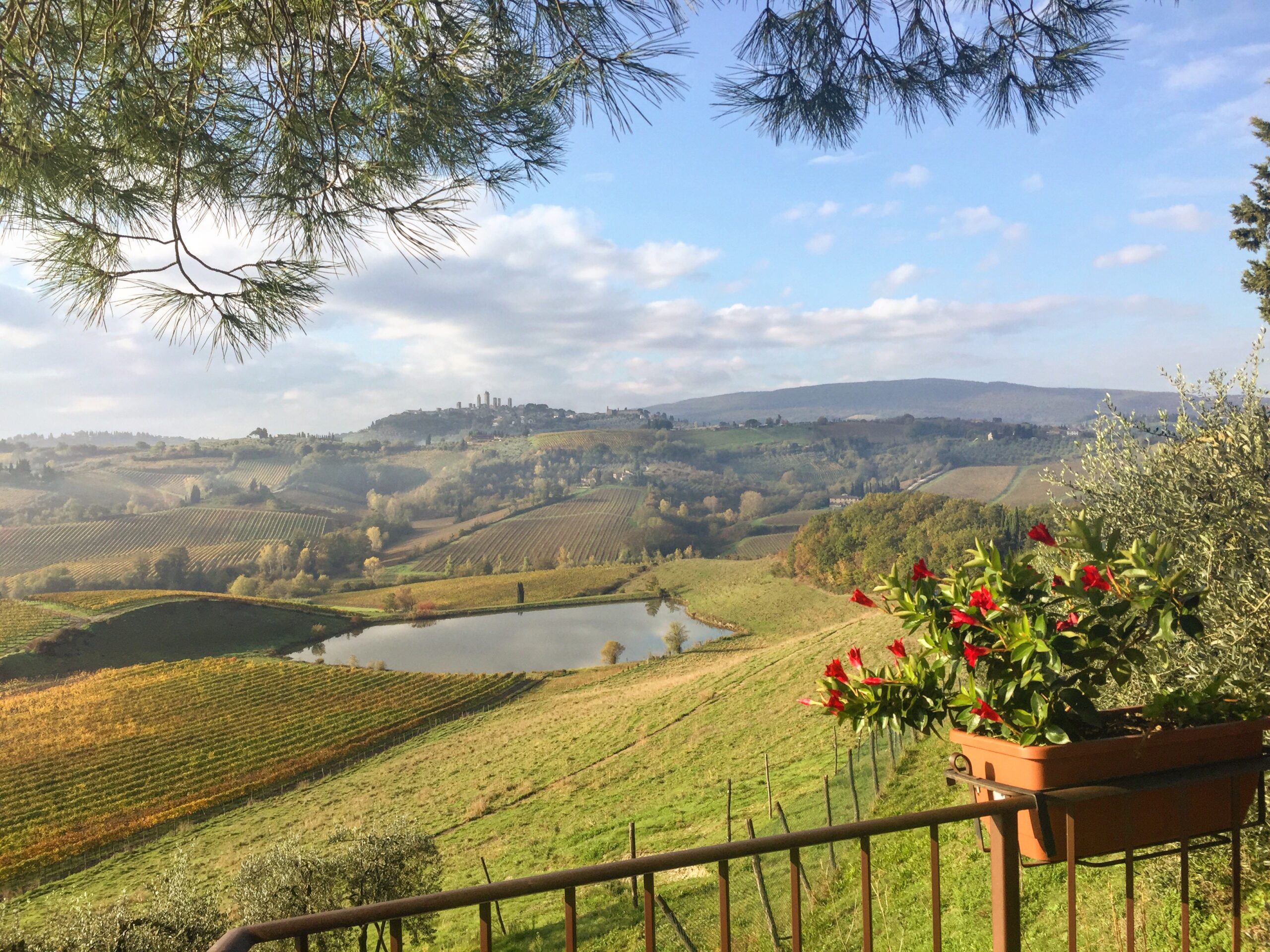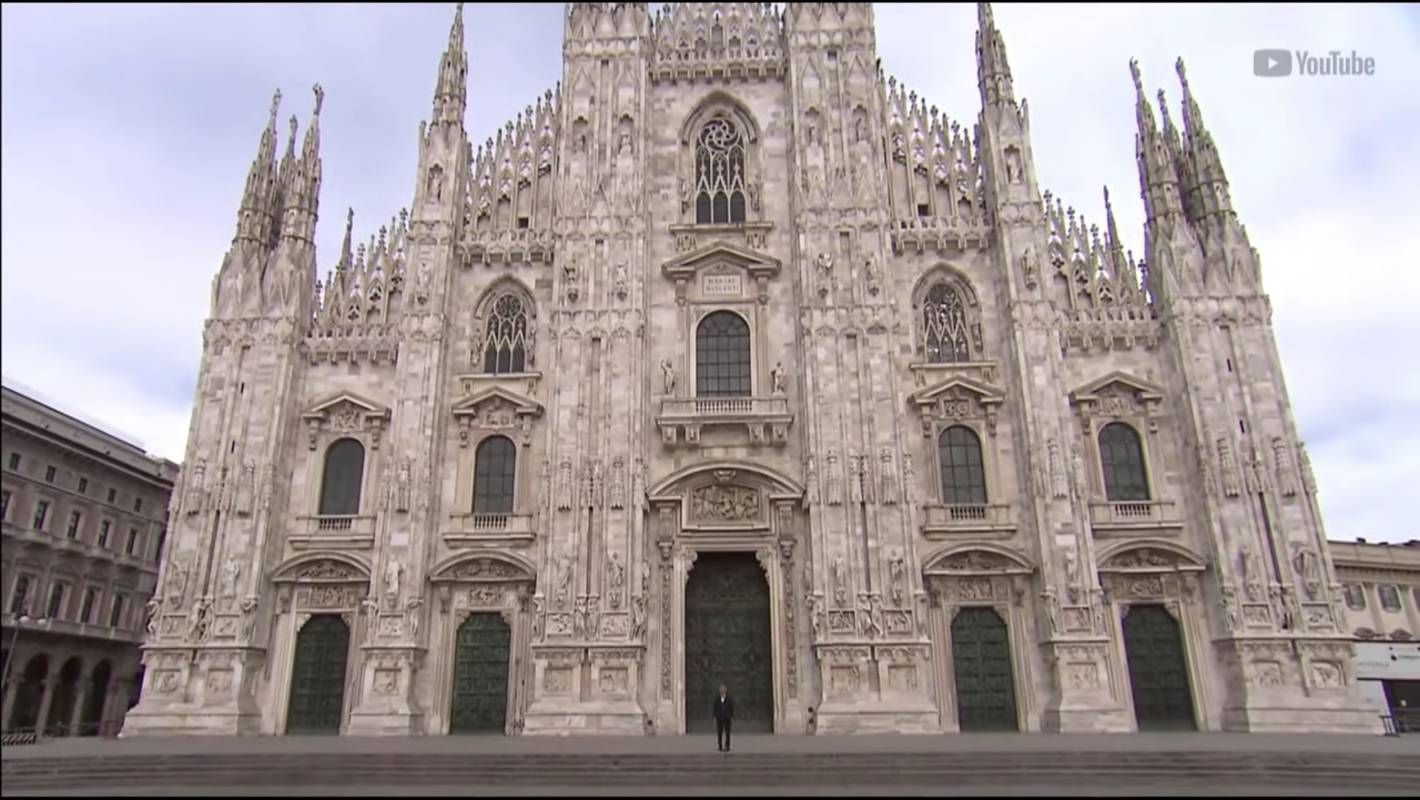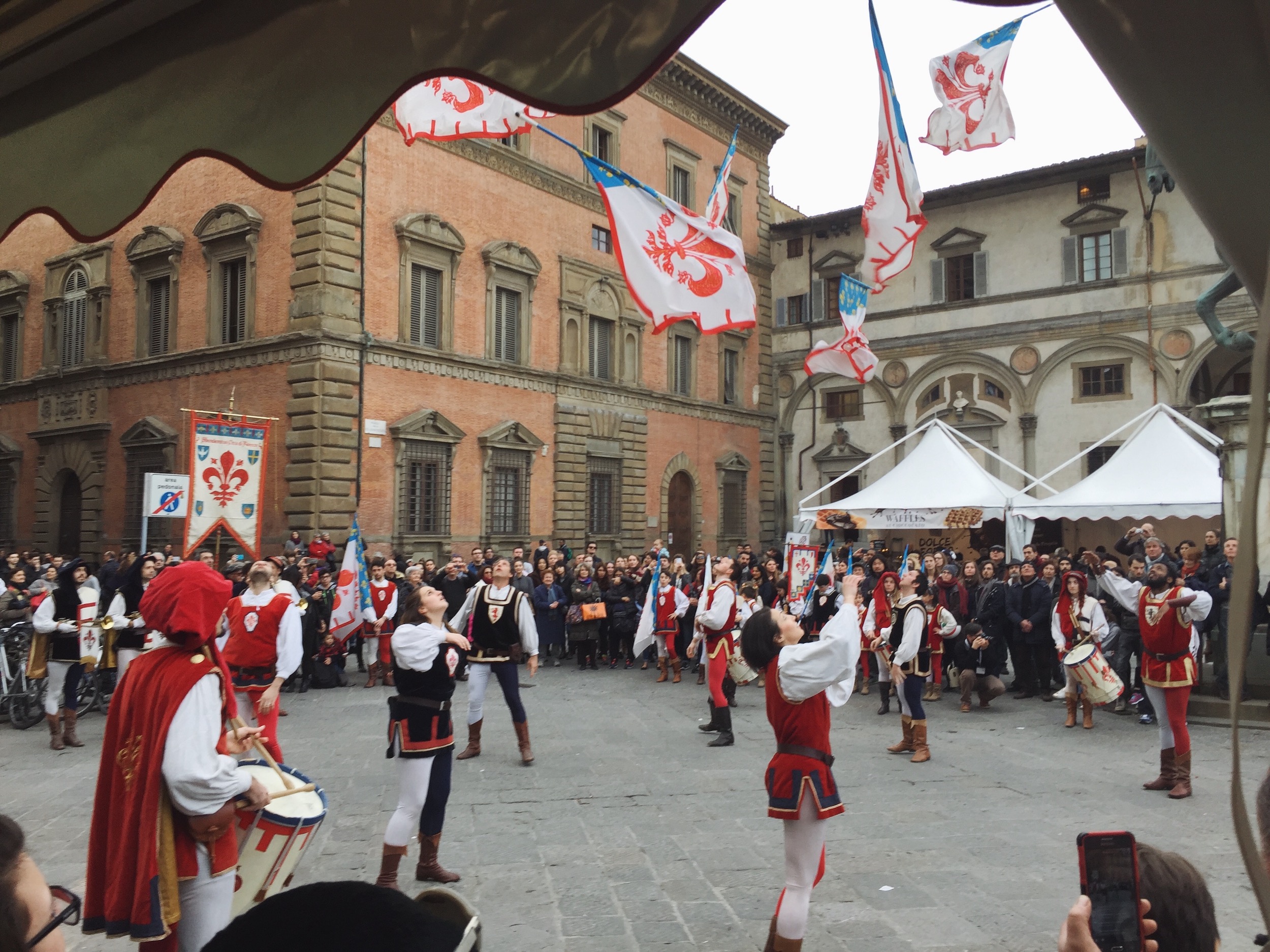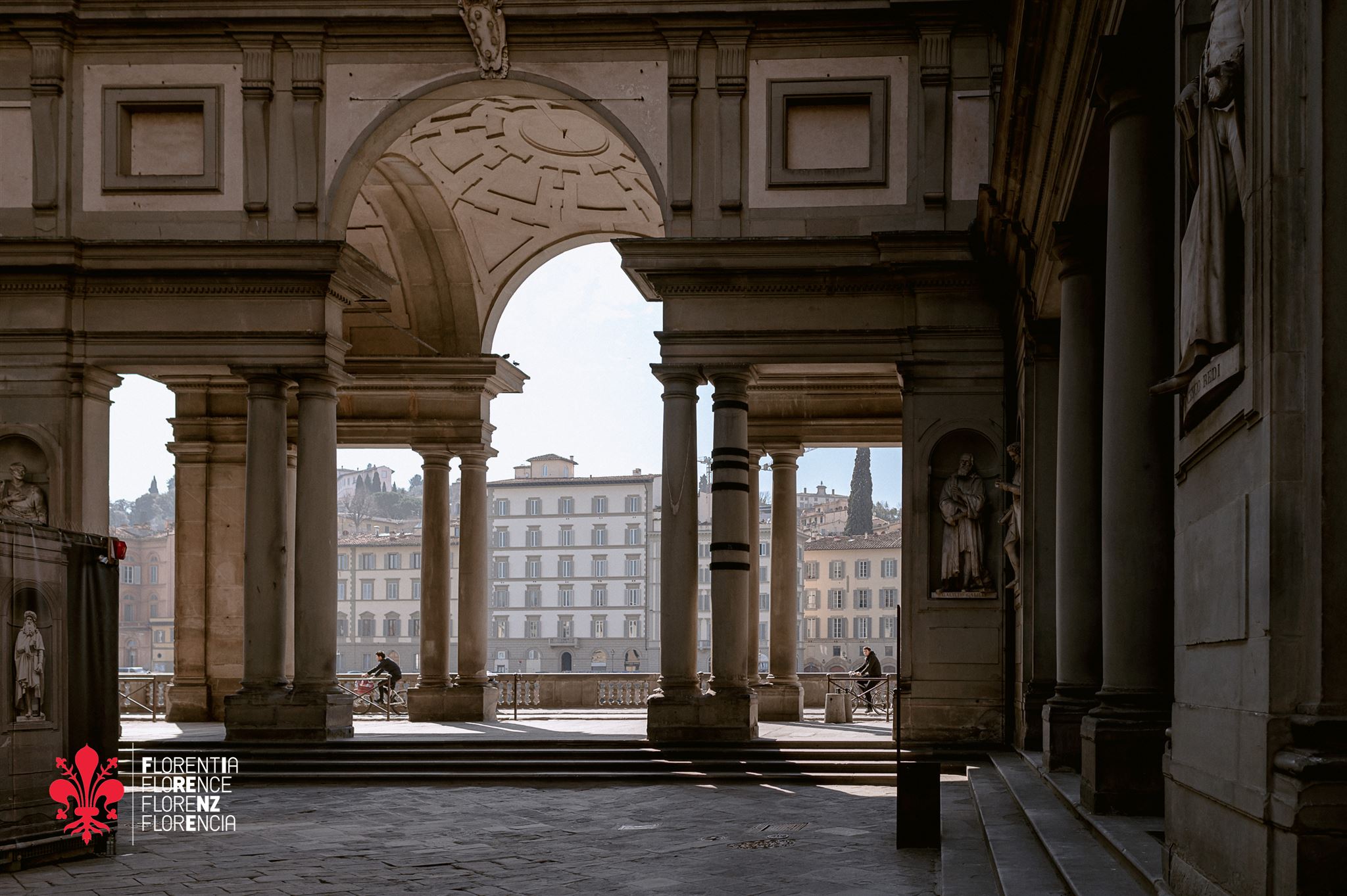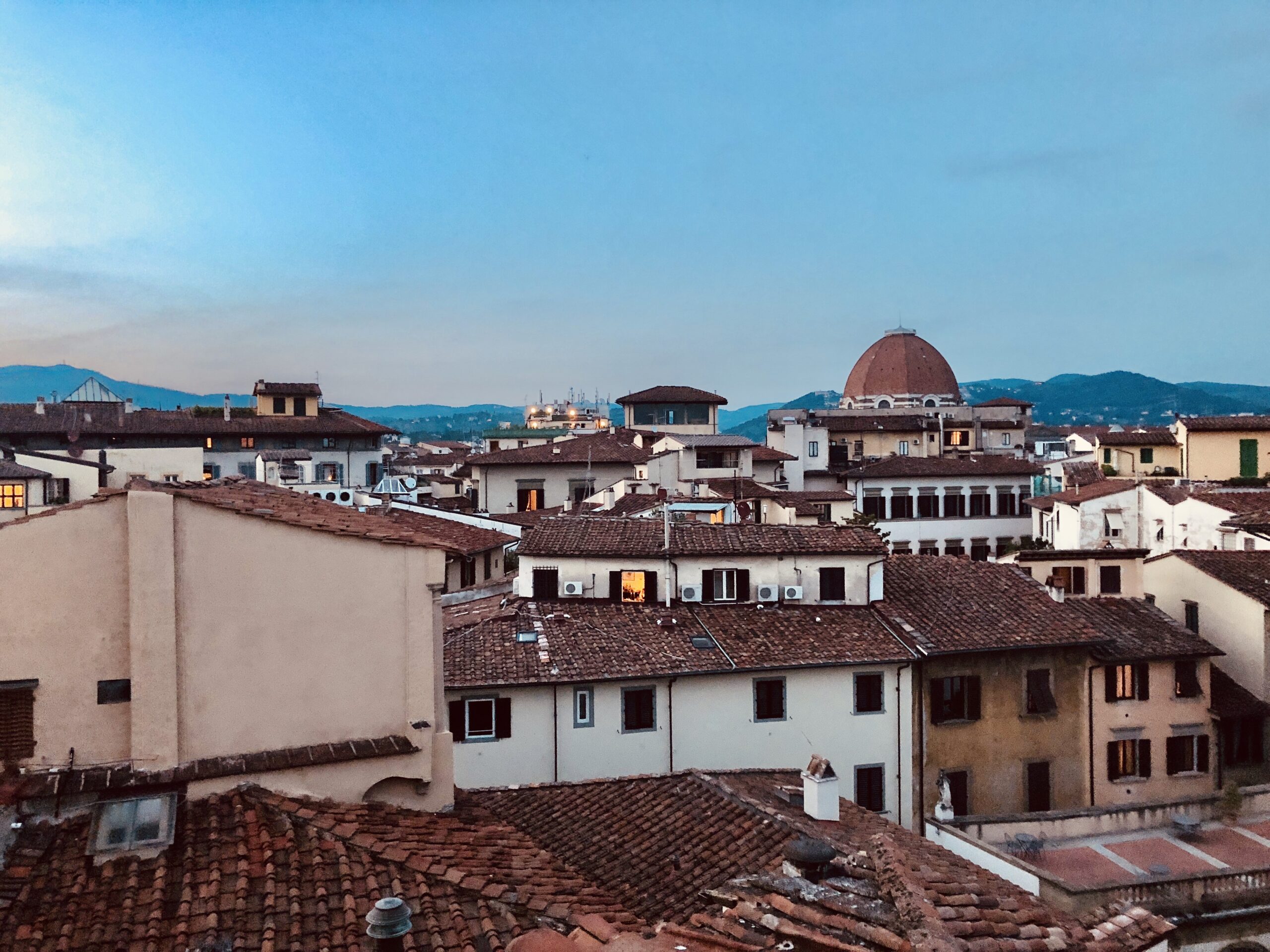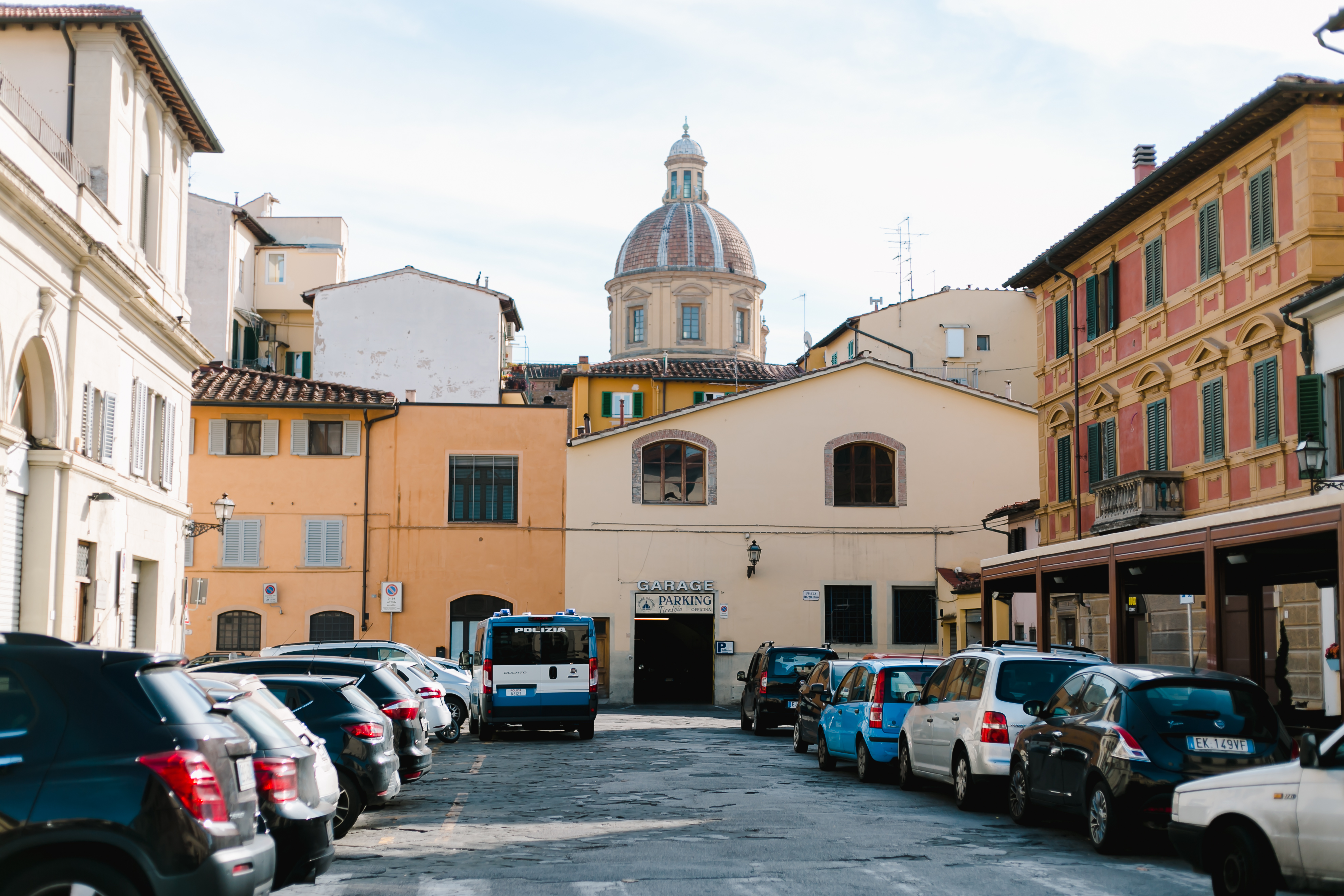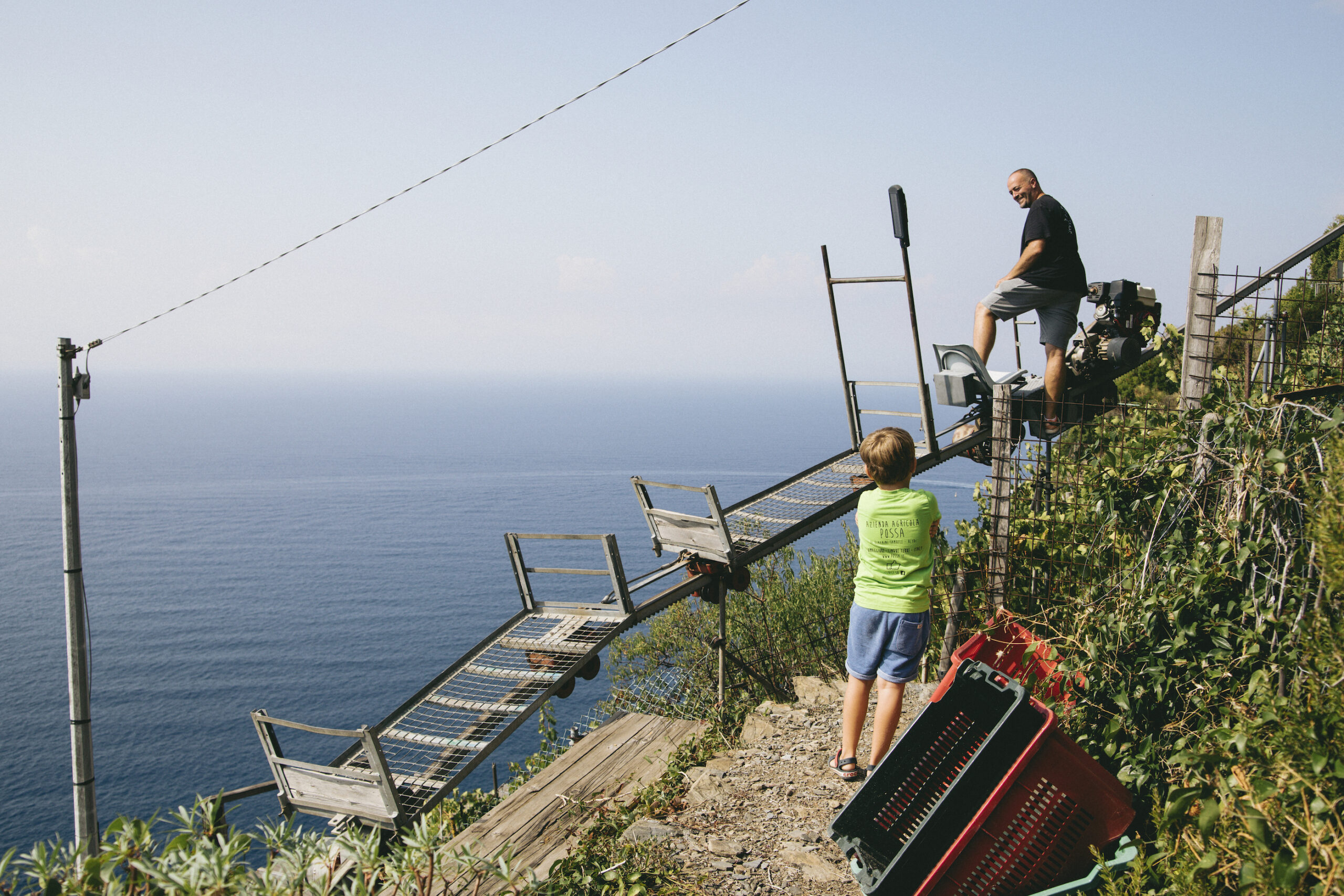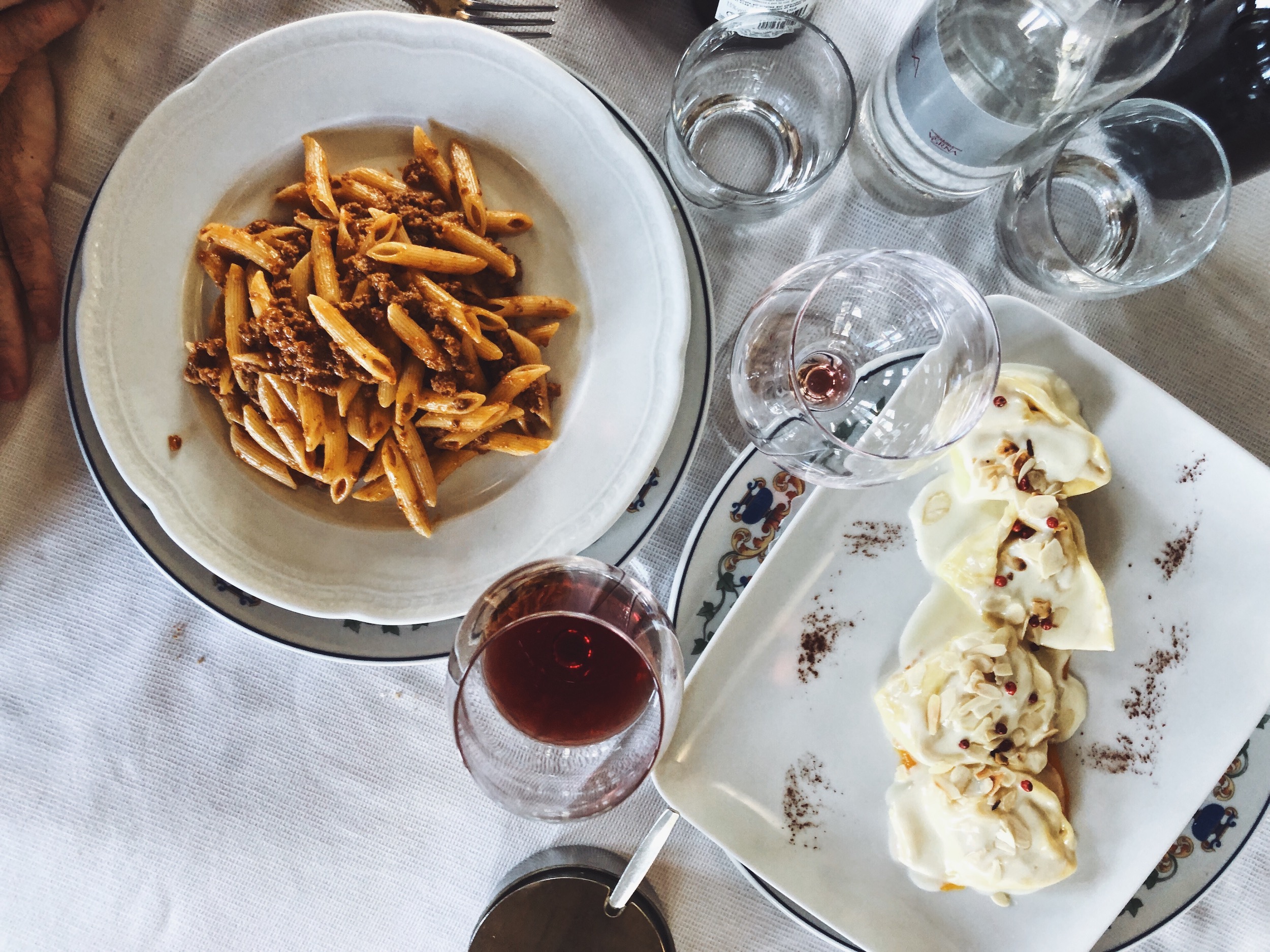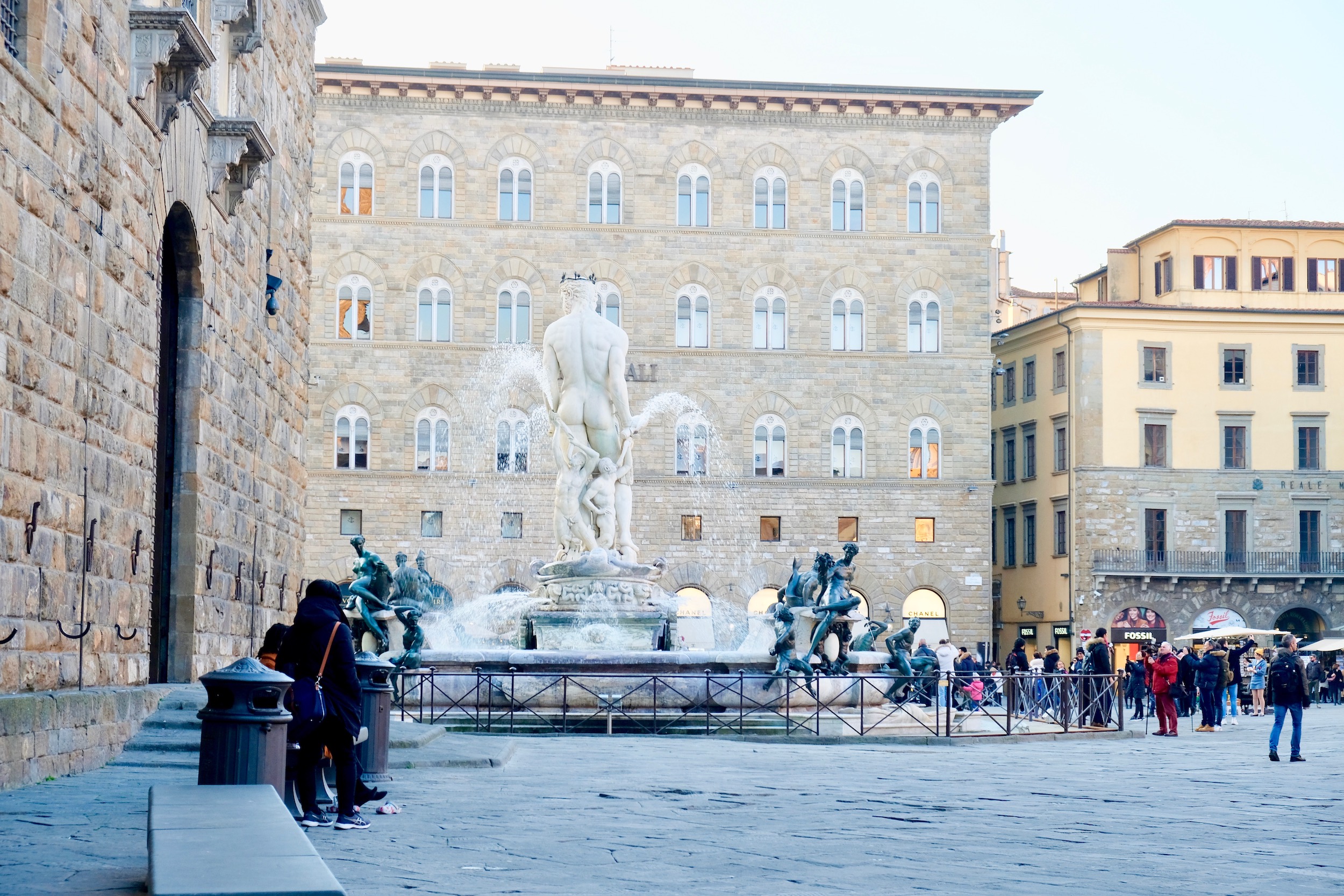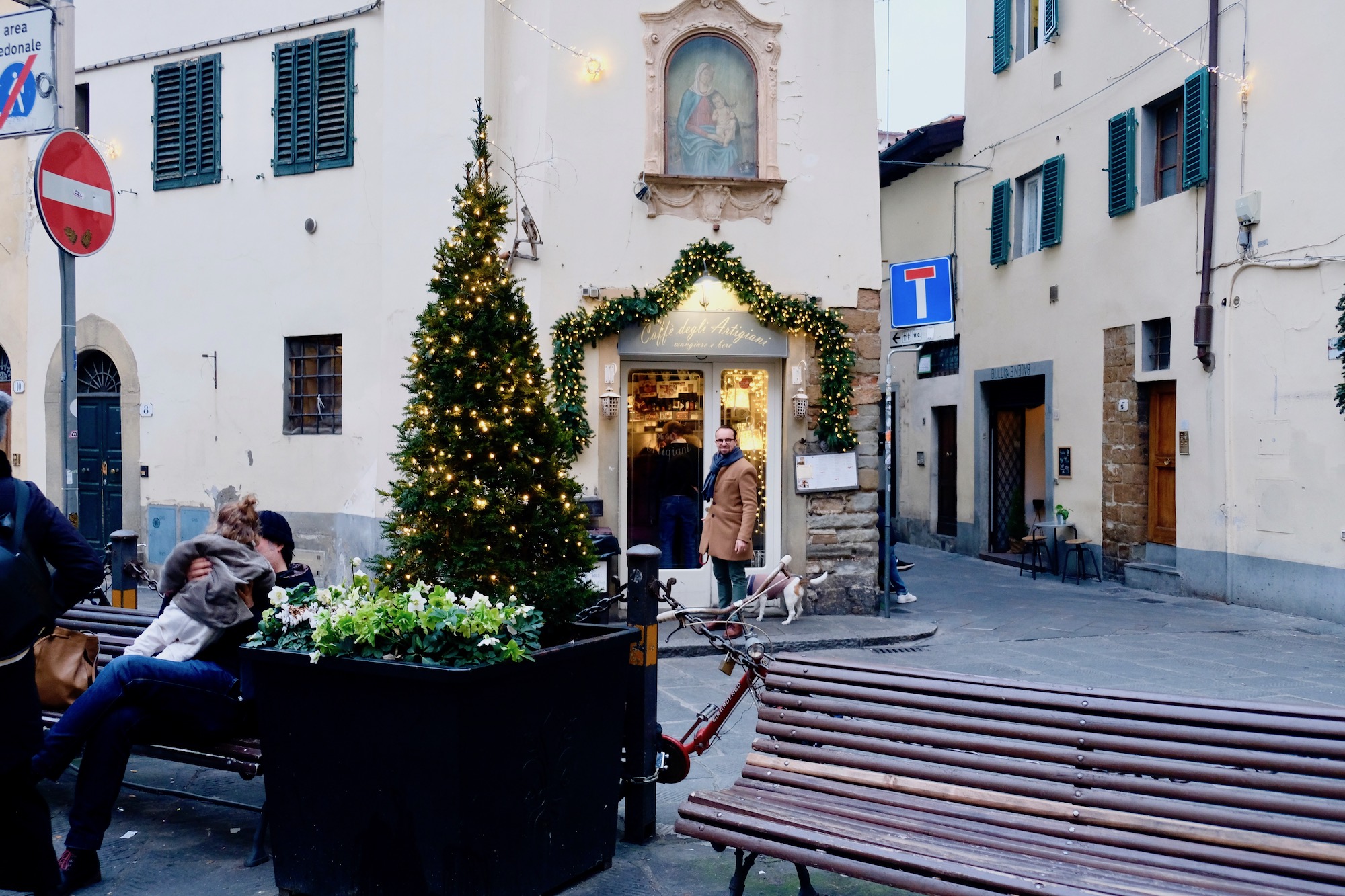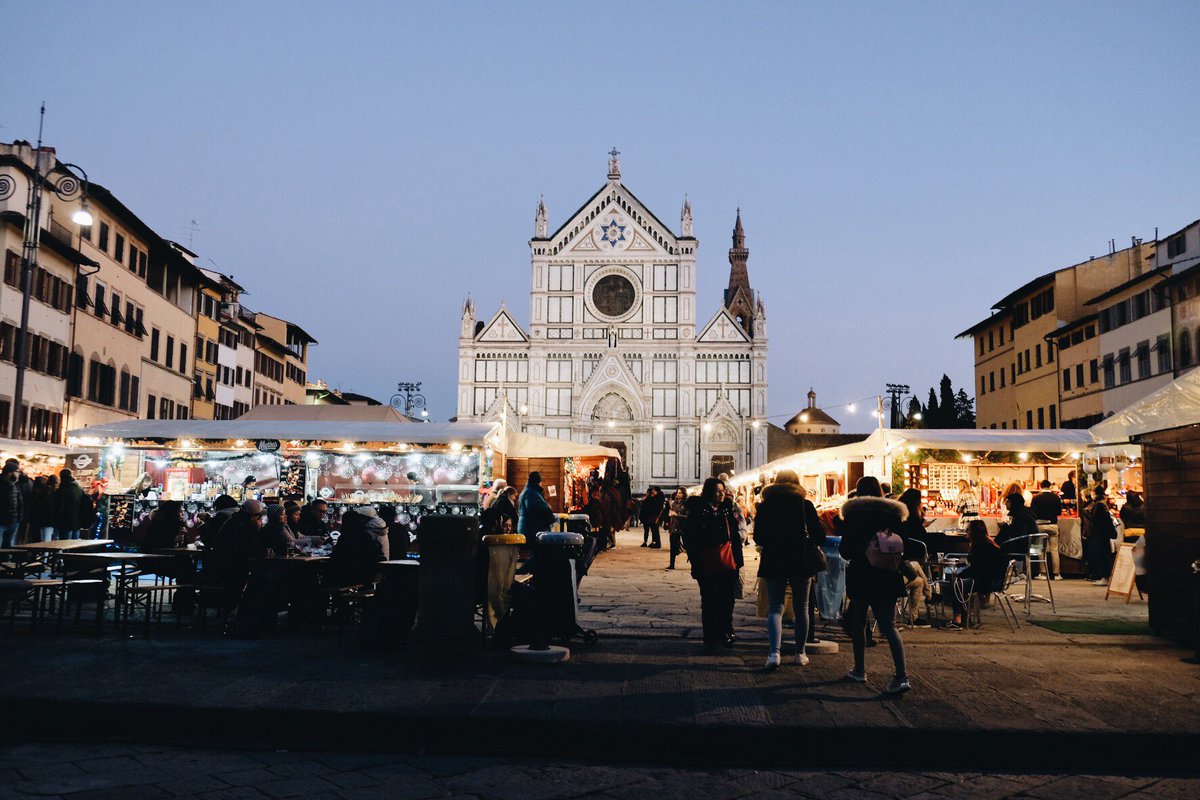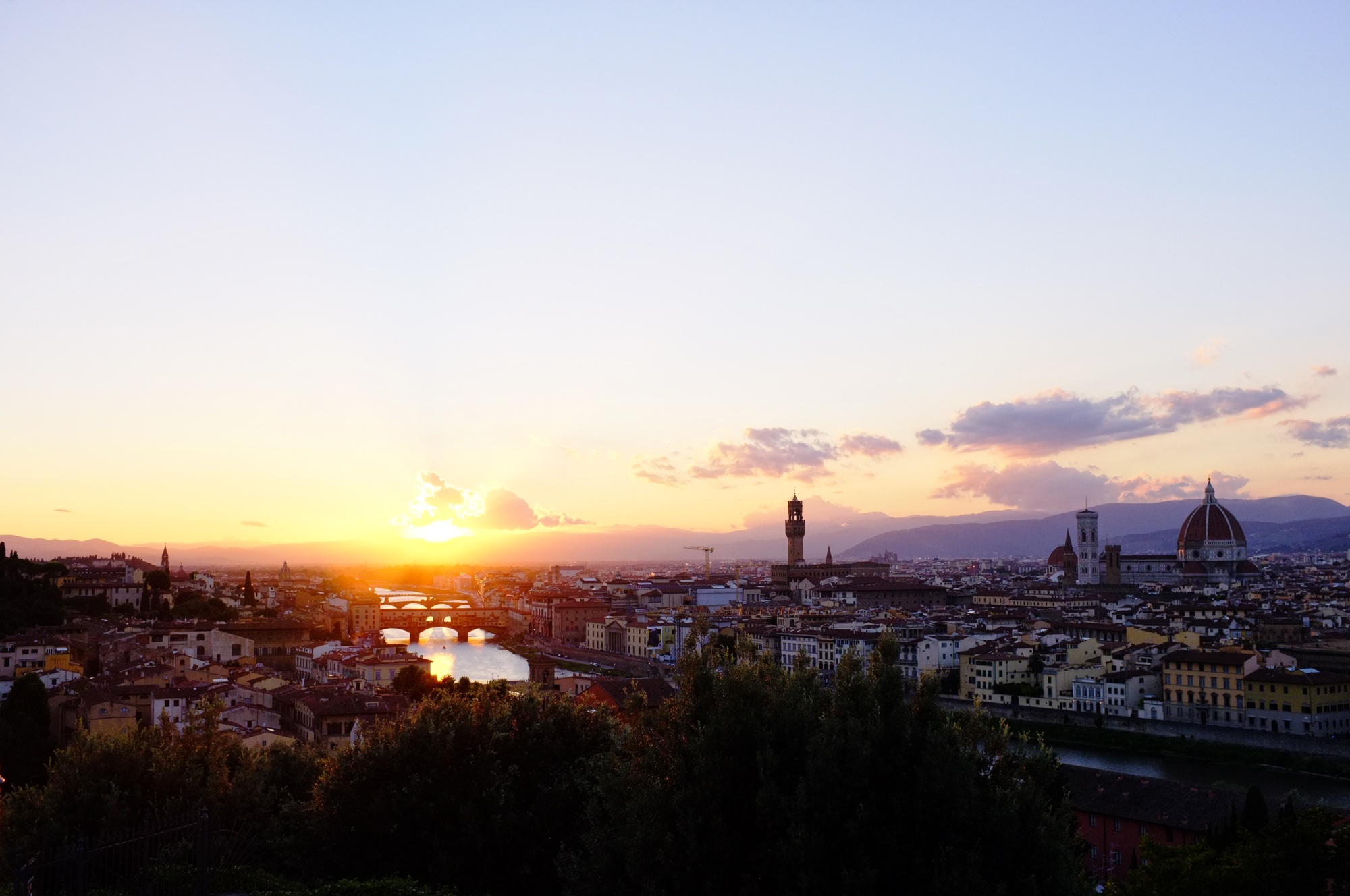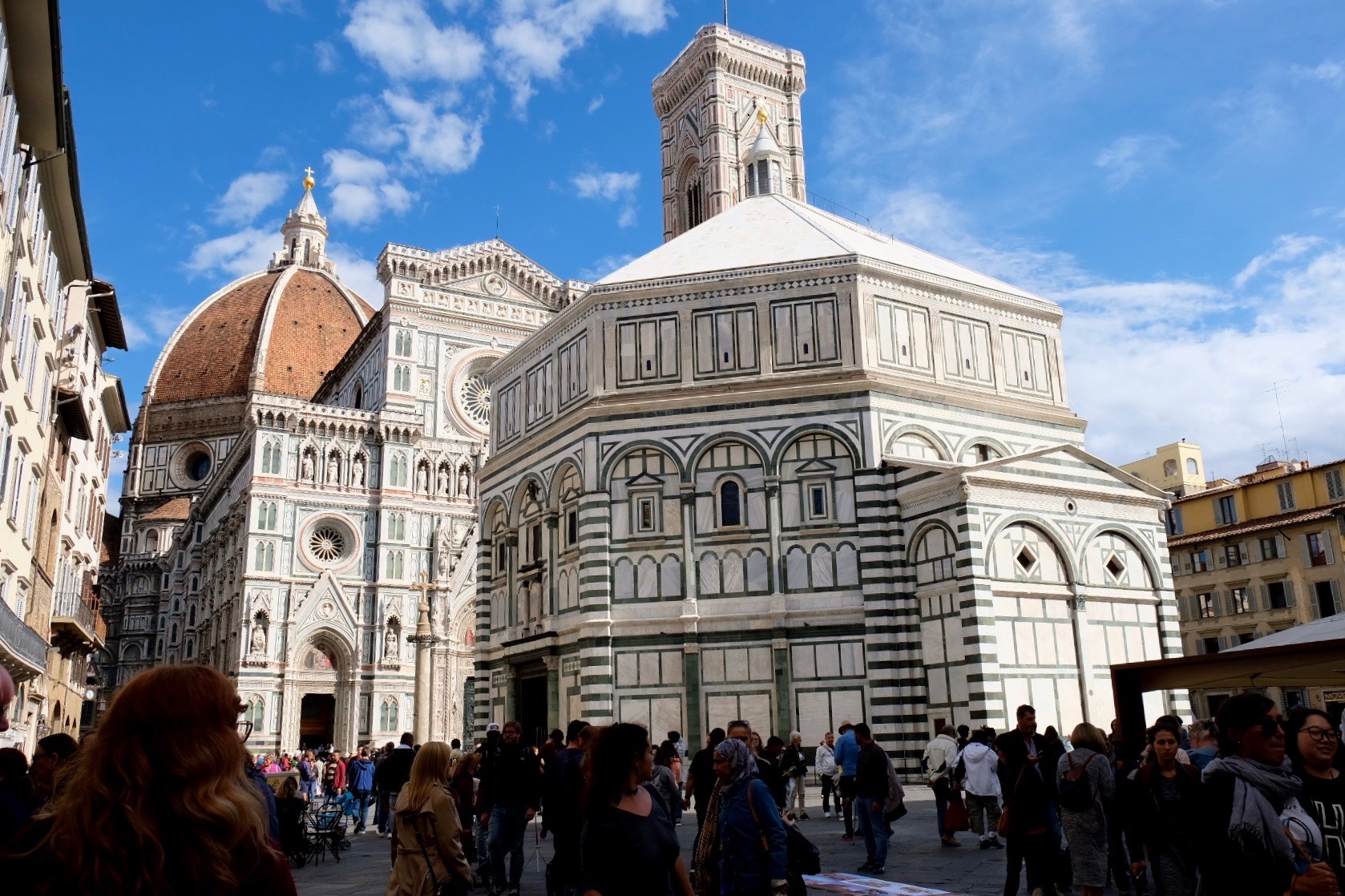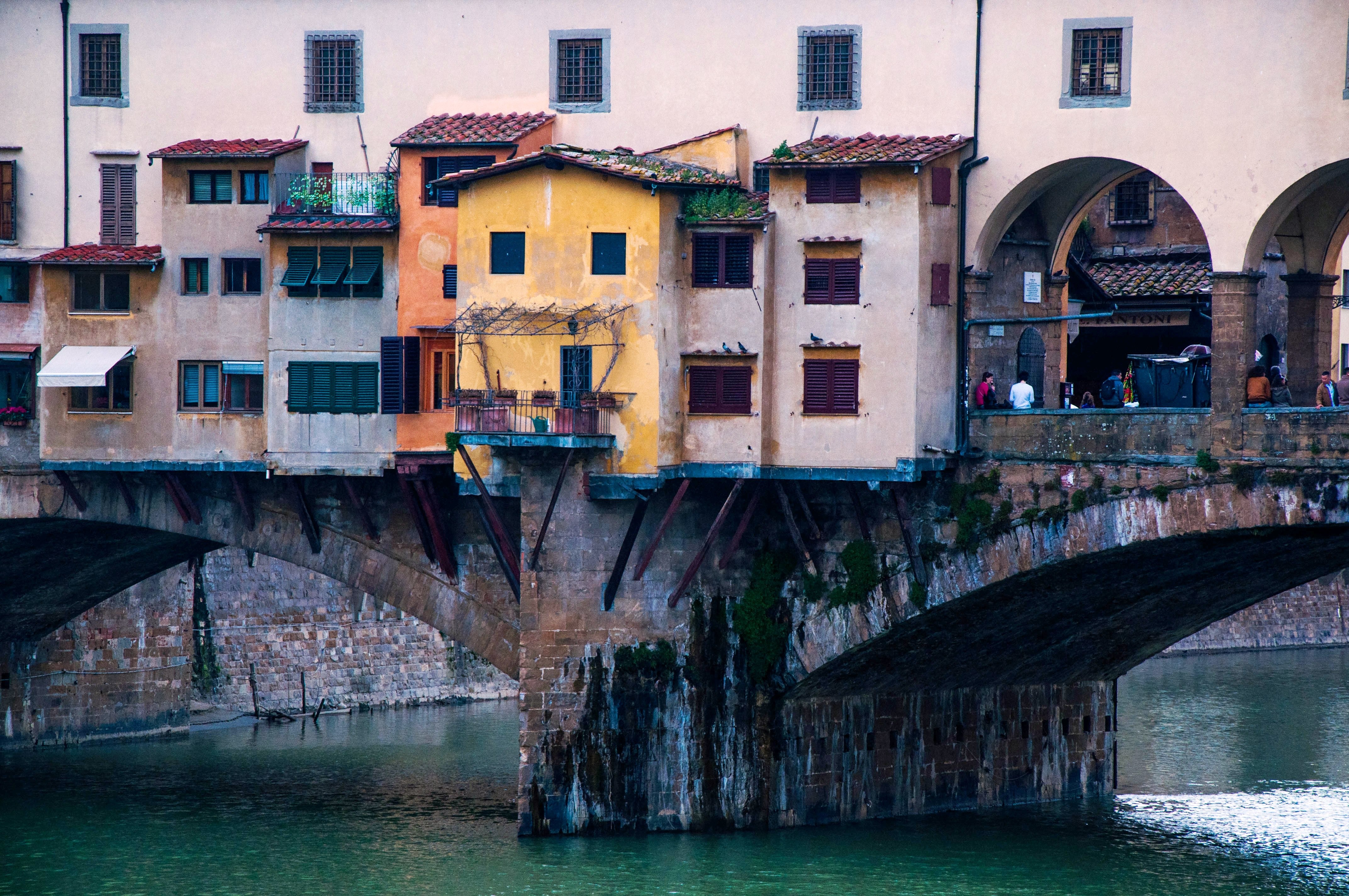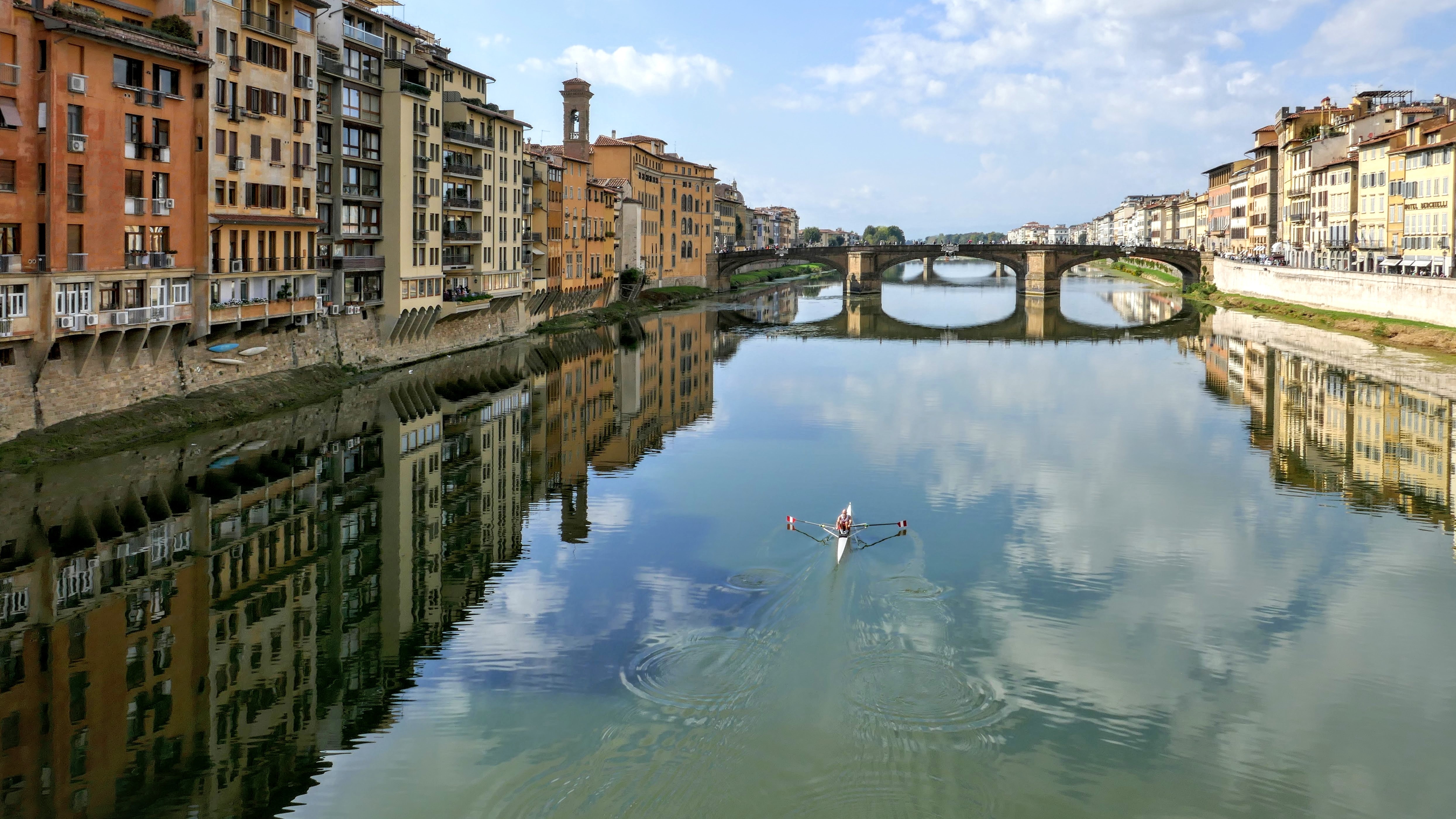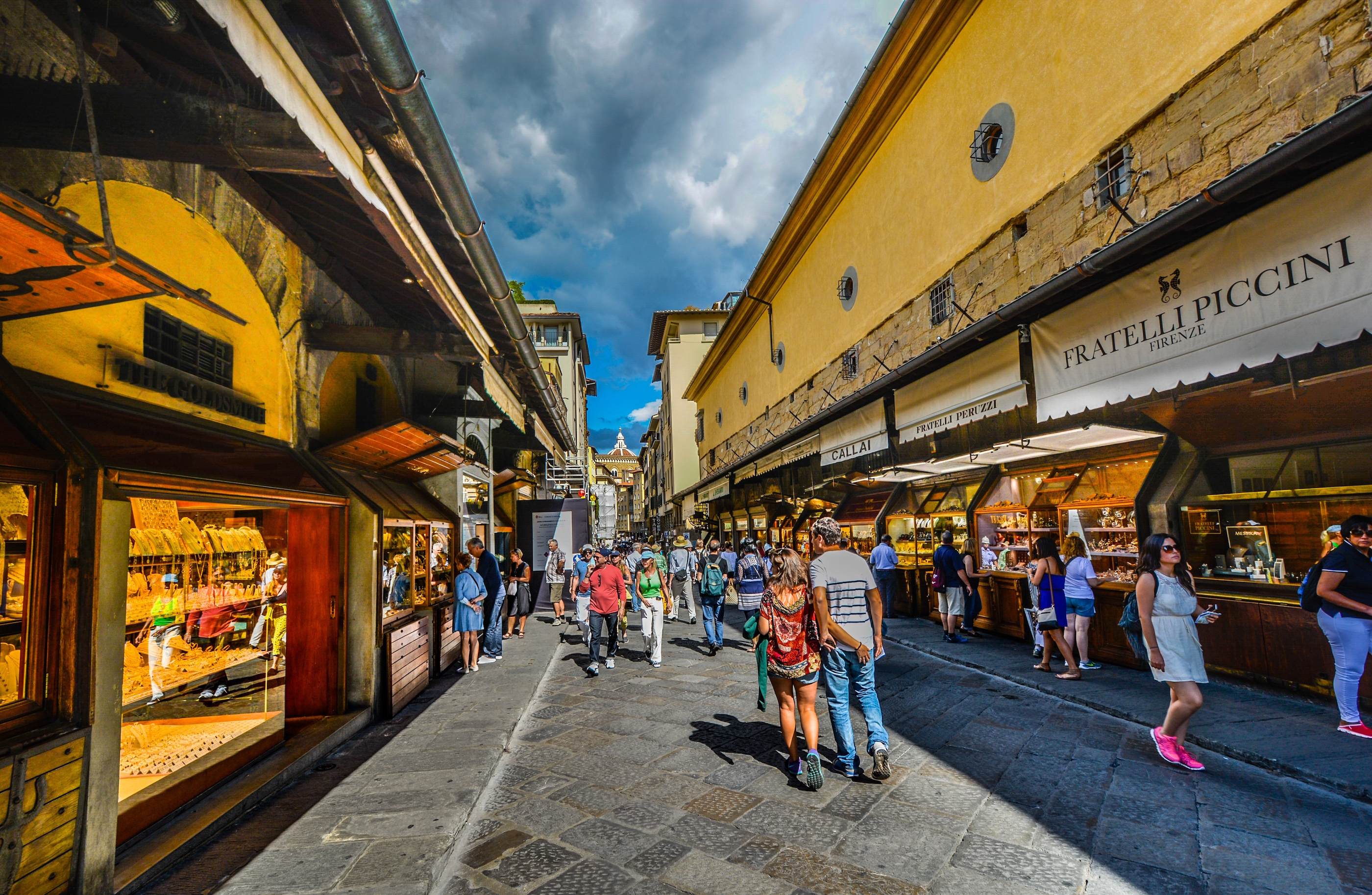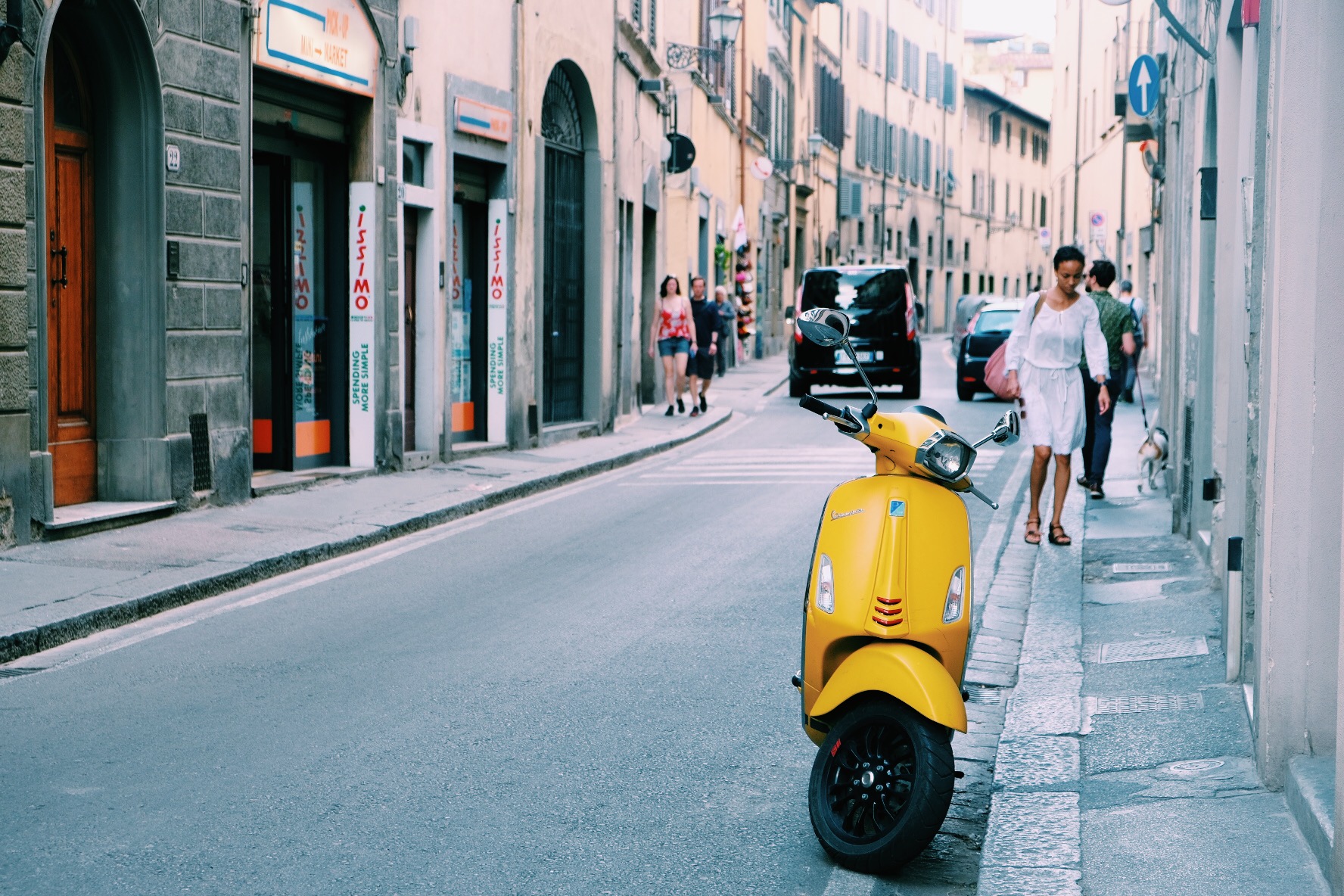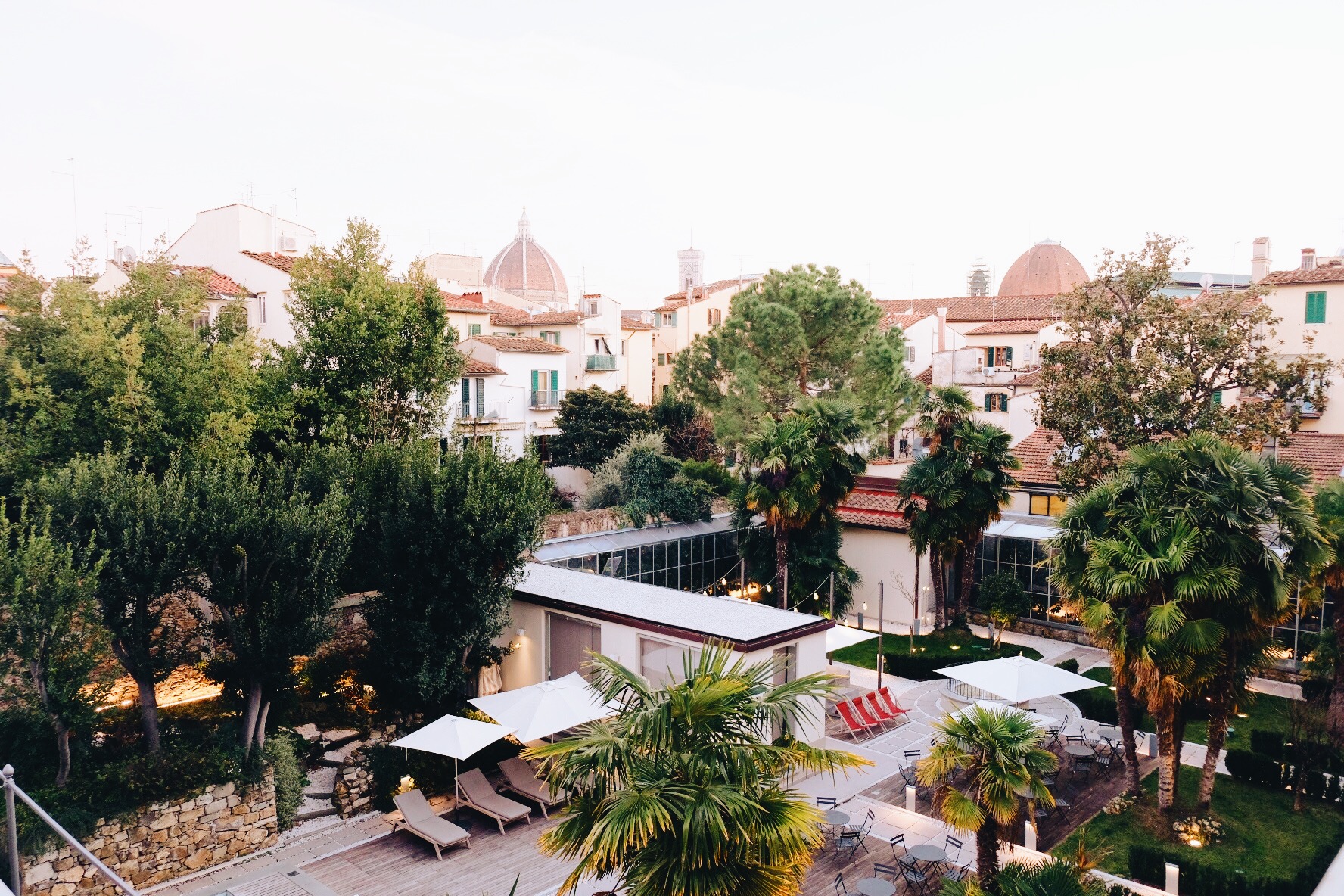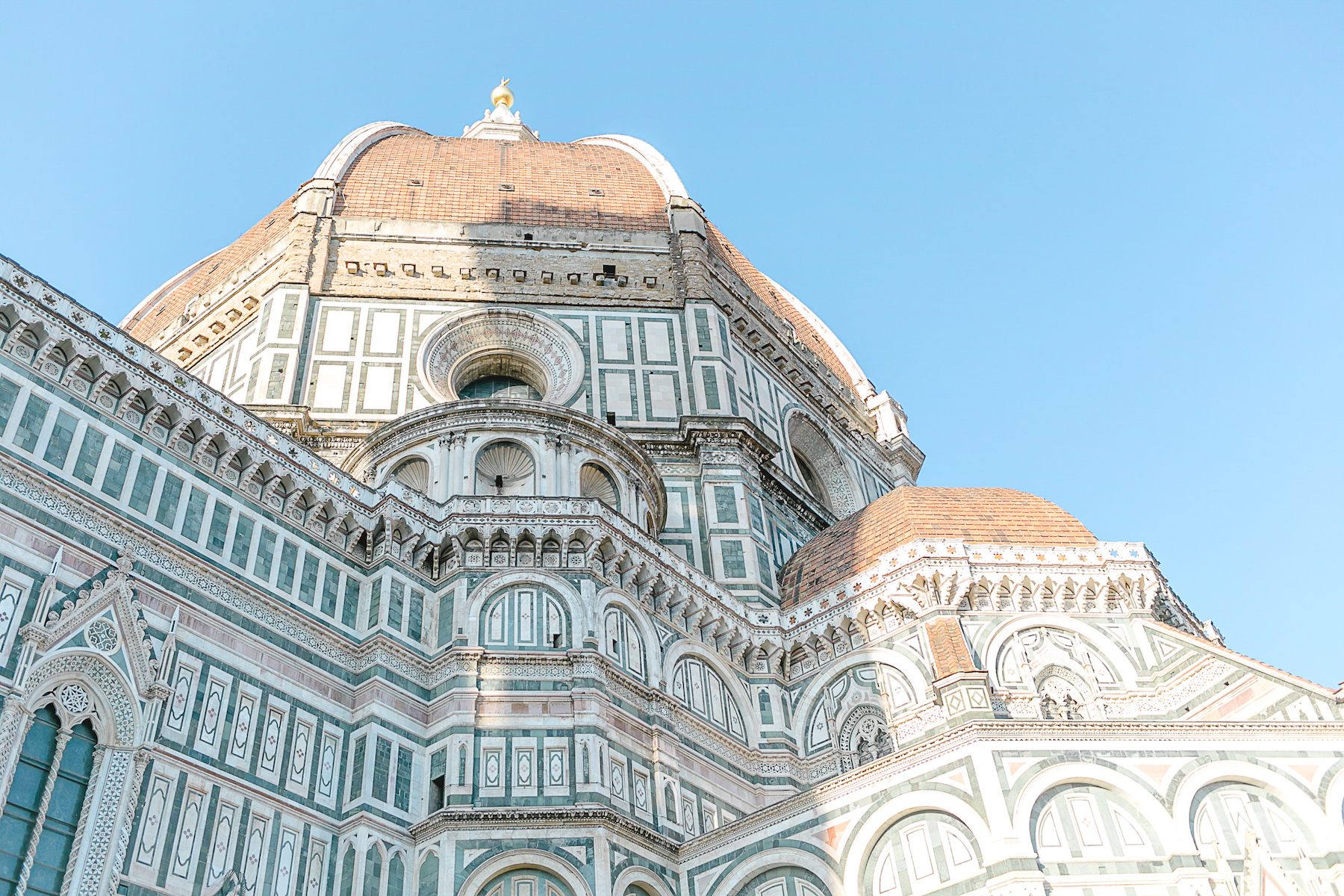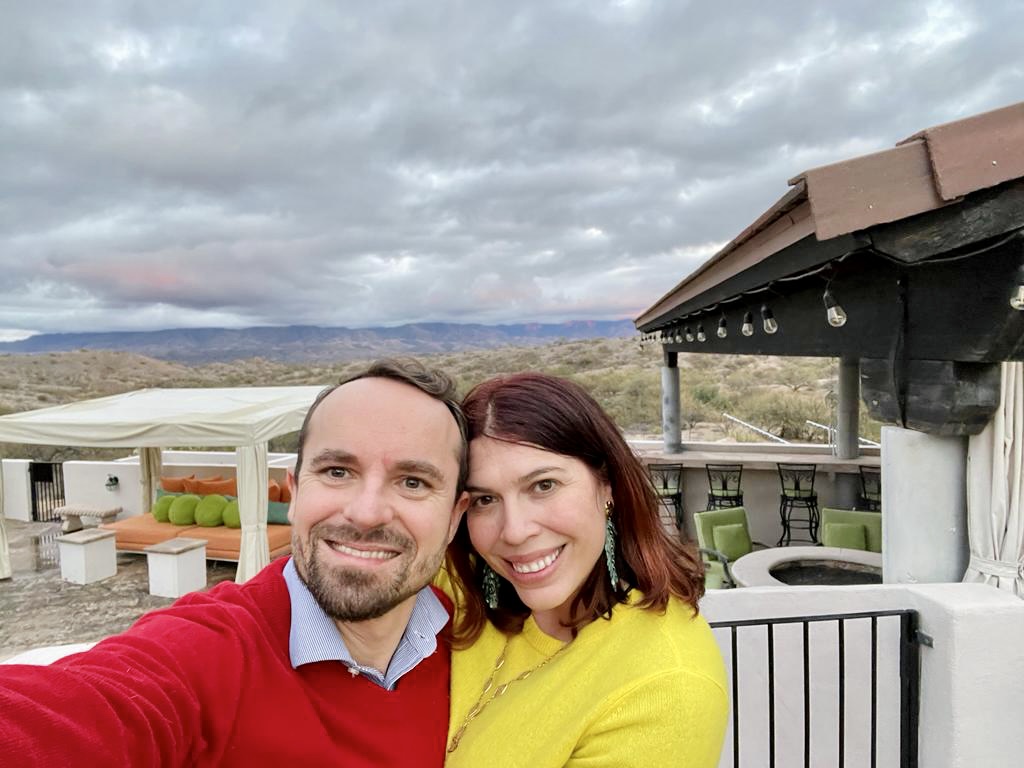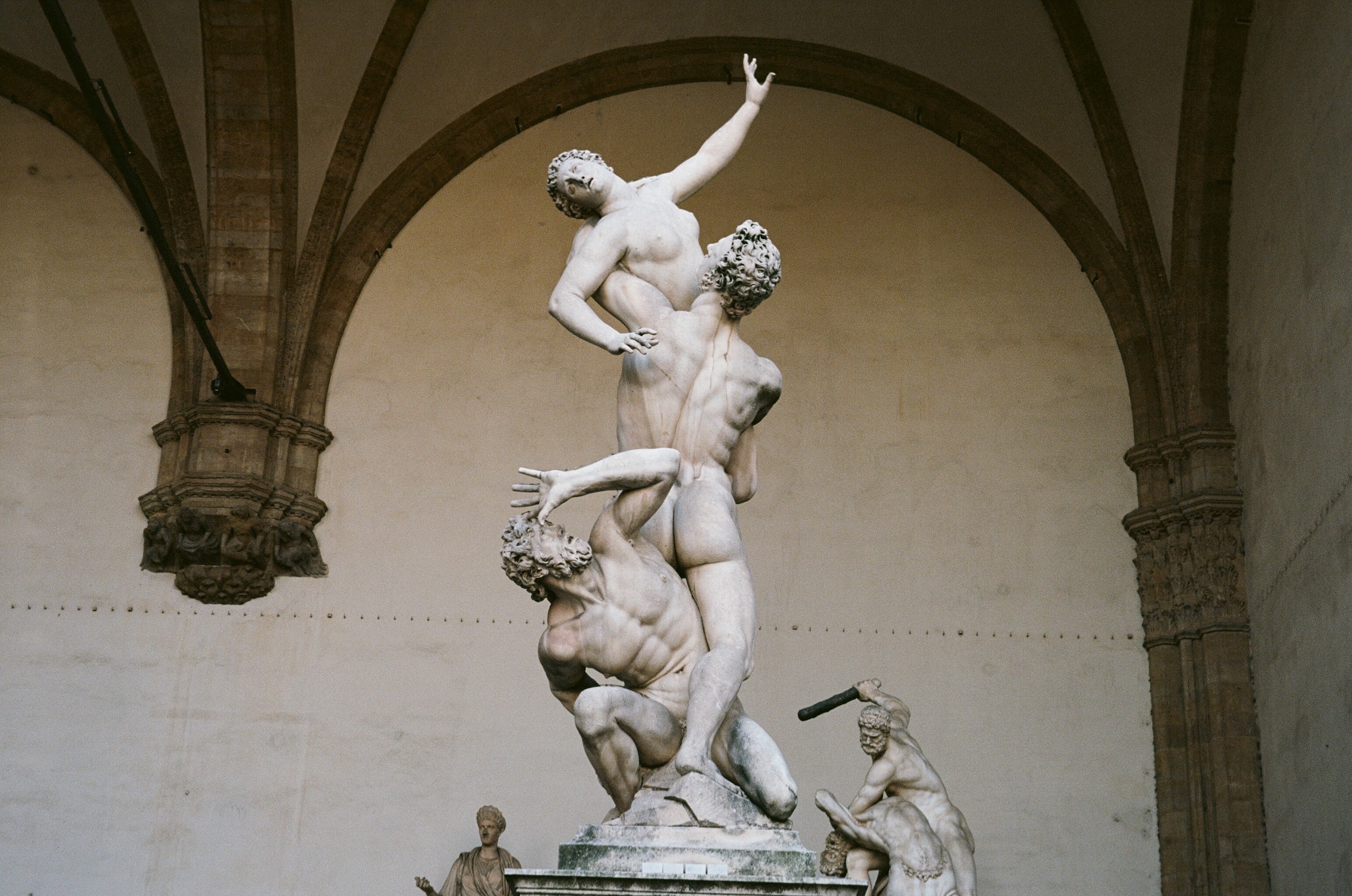Featured image photo credit: Image by Rudy and Peter Skitterians from Pixabay
So normally I don’t write about places I visit but seriously, I have deduced that it really should be the FIRST thing I write about since that is a big part of the reason I moved to Italy in the first place. Basically having “next-door” access to historical sites and countries, especially for this Texan means that nothing is truly far ( ok maybe Russia..). But try telling that to my Italian boyfriend that we have to drive 3 hours away and see how he will like it to take the trans-siberia train line, Cultural differences.
I had the pleasure of visiting the Abbazia (Abbey) of San Galgano yesterday which is located in town of Chiusdino, about an hour and a half away from Florence. On a quiet country road with minimal tourists, I was a happy girl to say the least – even more so that it cost only 2 euros to visit this very famous and very old monastery.
Upon walking up to this famous monument this is the view I was instantly greeted with.

It was a hot sticky day, humidity was out in full force and I had a wedding to work at afterwords so I couldn’t stay too long but I am so happy to have stopped by. There is just something in this area that I can only describe as majestic and though I am not religious – there is real sort of spirituality about the place.
Some information and history: The site is made up of two major attractions: the gothic roofless cathedral and the unusually shaped monastery of Montesiepi, and ancient hermitage, which hosts the tomb of San Galgano (where the sword in the stone is located). The chapel is about 400 meters from the cathedral (a gorgeous walk – just remember to bring some water!) and is quite small. There is also an awesome wine bar on the way up to the chapel which I will try next time and all of the wines are produced locally.
The legend of Saint Galgano
Galgano Guidotti was a dissolute knight who lived in Chiusdino in the second half of the 12th century. The Archangel Michael appeared to him one day, convinced him to repent and showed him the way to salvation. Sir Galgano announced his intention to become a hermit and live in a cave, but his friends and family made fun of him. His mother Dionisia convinced him to wear his noble robes and go to Civitella Marittima to see his fiancée Polissena Brizzi for the last time but along the way Sir Galgano’s horse reared and the knight fell. He suddenly felt some force helping him to get back on his feet. The knight heard a seraphic voice which he was unable to resist and this led him to Monte Siepi, a rugged hill near Chiusdino. There he had the vision of a round temple and of Jesus and the Holy Virgin Mary with the Apostles.
The voice guided Sir Galgano to the top of the hill and invited him to give up his sinful life but the knight was hesitant and wittily replied that, even if he thought he should indeed change his life, changing would be as hard as splitting rocks with his sword. In saying this, he drew his weapon and thrust at a stone, fully expecting the blade to snap. To his great surprise, the sword cut the stone and entered into the rock to the hilt.
Sir Galgano did not leave the hill ever again. He lived in poverty, with wild animals as his only companions. The legend says that the Devil sent an evil man in a monk’s disguise to murder Galgano but the wolves that lived with him tore the man to pieces, leaving only his hands.
This is already interesting enough but what was fascinating to me was the likeness to the famous tale of the Excalibur sword and King Arthur. Could the tale have originated in Tuscany?
San Galgano and King Arthur
Over the centuries the sword in the stone and its legend have fascinated pilgrims and visitors from around the world. The many resemblances to the tales of the Arthurian cycle has probably not gone unnoticed.
Many scholars have pointed out the striking resemblance of the name of the saint, Galgano, with that of one of the knights of the Round Table, Sir Galwyn, who, by the way, was of Roman origin. Other scholars have insisted on the resemblance to the youngest of King Arthur’s knights: Sir Gawain.
Of course, the sword in the stone is associated with Excalibur and a recent book by the writer Mario Moiraghi, The Enigma of San Galgano, proposes an interesting explanation for all these coincidences. The author claims that the story of the sword in the stone originated in Tuscany, Italy and not in the Celtic fringes of Britain or in France as many believe and that it was added to the legend of King Arthur later on. Moiraghi supports his hypothesis with scientific tests which date the sword embedded in the rock in an abbey in Tuscany to the year 1180, years before the first attested literary reference to the sword in the Arthurian Cycle. The author also stresses how the inquiry which led to the canonisation of Sir Galgano contains a series of facts identical to the legend of Sir Percival, the finder of the Holy Grail.
If these hypotheses are true, then the legend of Excalibur could have originated in Tuscany, and have been exported to France by the Cistercian monks, whose responsibility in the diffusion of King Arthur’s legends is widely acknowledged. Moreover, the Abbey and the chapel dedicated to Saint Galgano and King Arthur’s tomb in Glastonbury date back to the same period and this offers yet another link between this magic place in Tuscany and the most legendary of all kings.
So what about the Abbey itself? ask no further!
San Galgano Abbey
The Abbey of San Galgano was built in the 13th century when the old chapel and monastery became too small for the pilgrims who visited the tomb of the saint from Siena. Saint Galgano Abbey was Tuscany’s first pure Gothic church, and it was later used as the model for the Cathedral of Siena. The abbey is built according to the typical Cistercian plan based on a Latin cross with three aisles, rich in carved capitals and rose windows, with a cloister, halls, and – atypically – a bell tower.
Over the centuries the rivalries between Siena and Florence condemned the abbey to a slow but irreversible decline, and at the end of the 18th century the bell tower collapsed destroying a great part of the roof of the church. The abbey was abandoned and the bricks and stones were used by the builders of the area to build houses and other small churches. Thanks to several restorations the cathedral is now one of the most beautiful and fascinating ruins in Tuscany, and it is well worth a visit.
Many legends have been created to account for the absence of the roof. One of the most popular among the poor farmers of the Val di Merse was that Napoleon had stolen the supposedly golden roof of the cathedral.
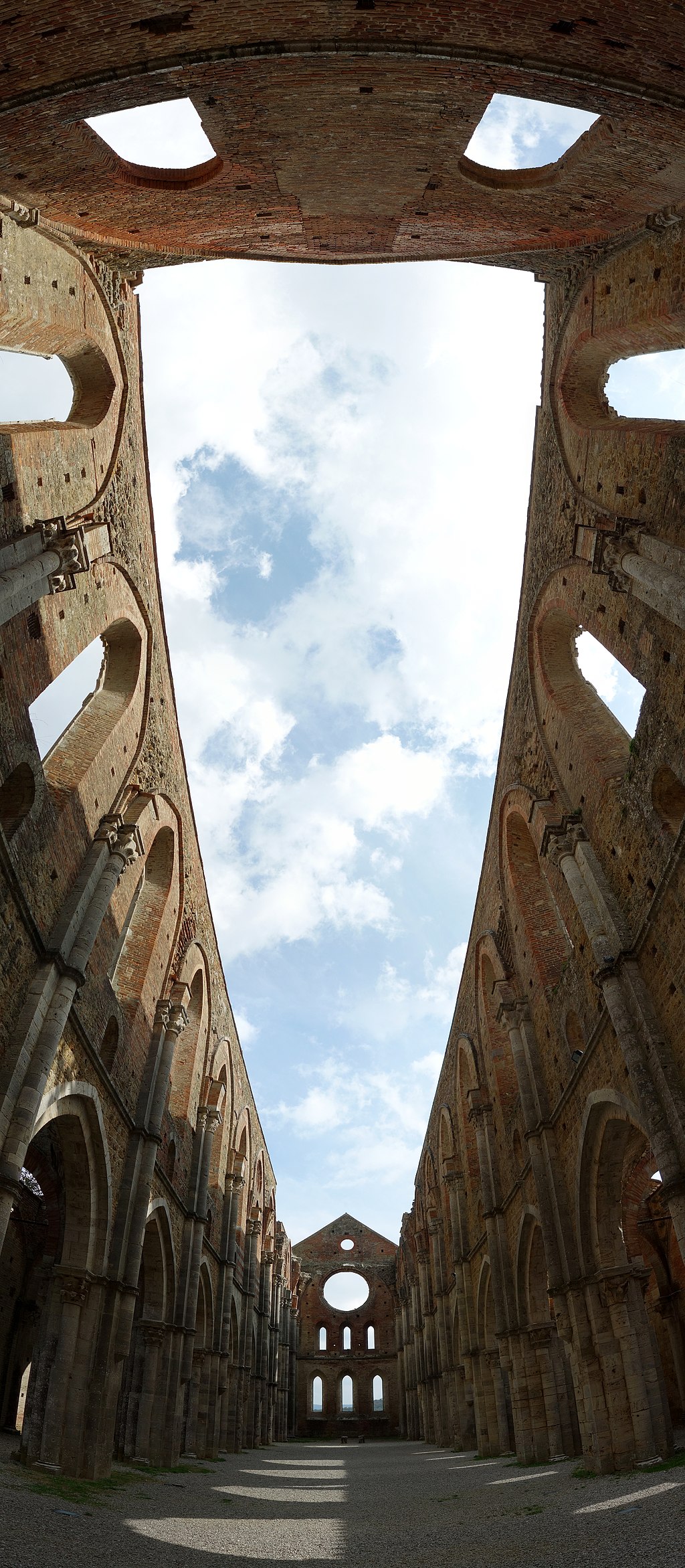
Needless to say – anyone who is a history buff like me (especially when certain legends are involved) check this place out! Include it with a stop at the wine bar and a lovely long lunch, the surrounding area is really pretty and definitely worth stopping by.
I used this site for much of the historical info : http://www.casagigliola.it/en/siena-monticiano/san-galgano-abbey
